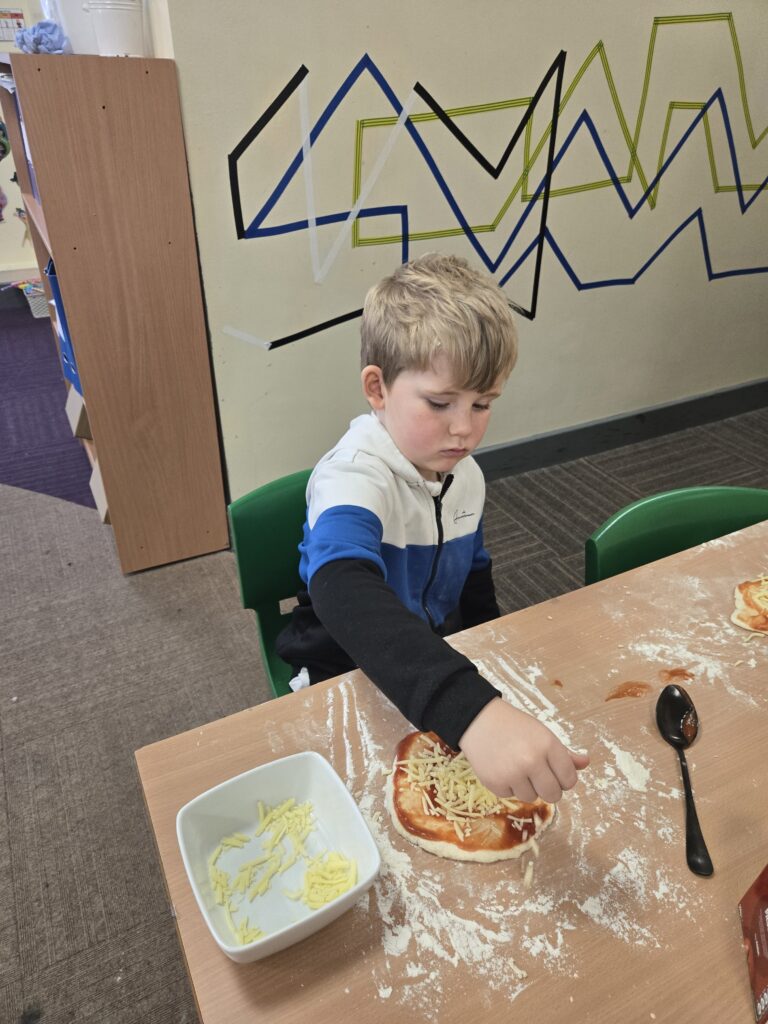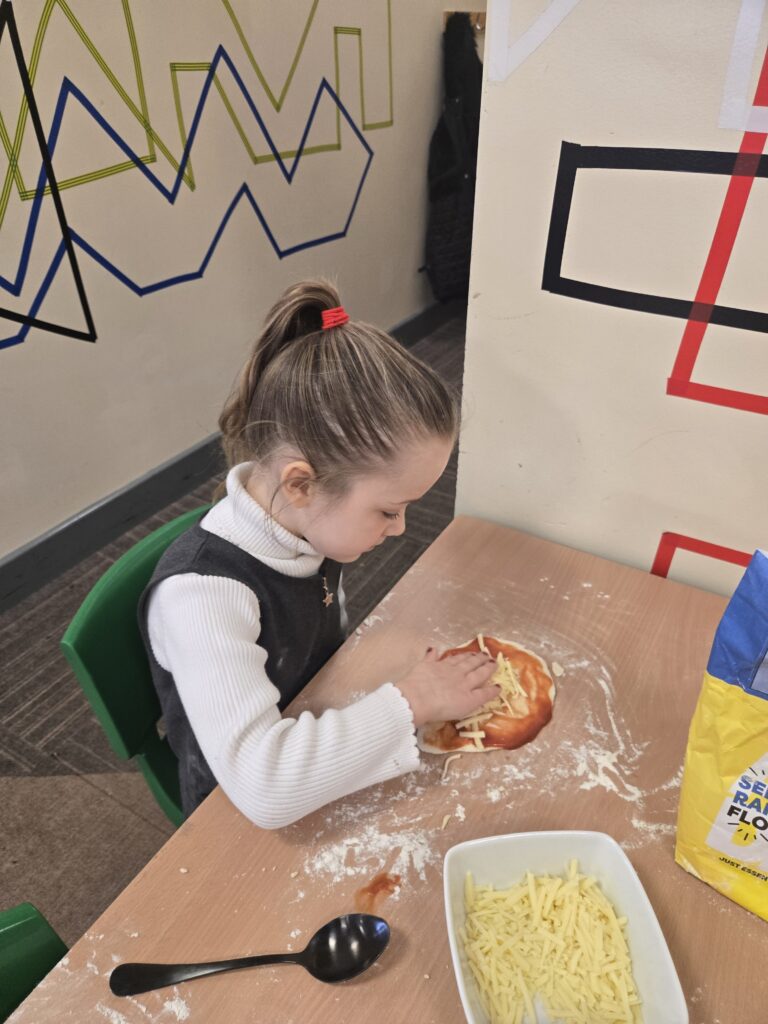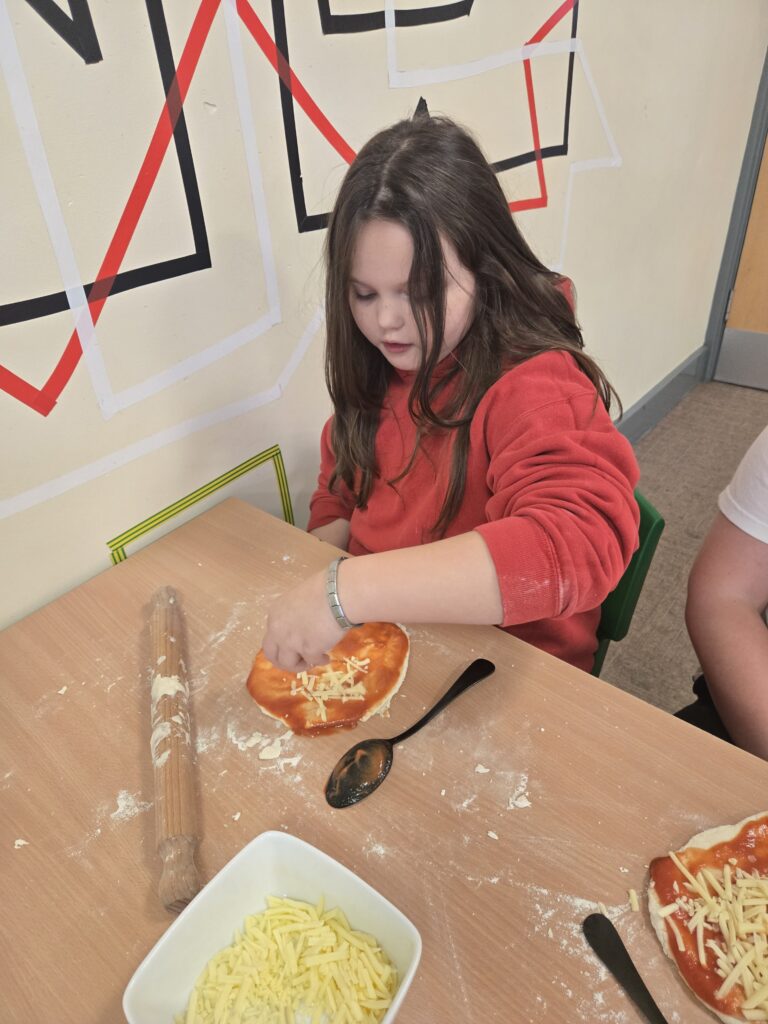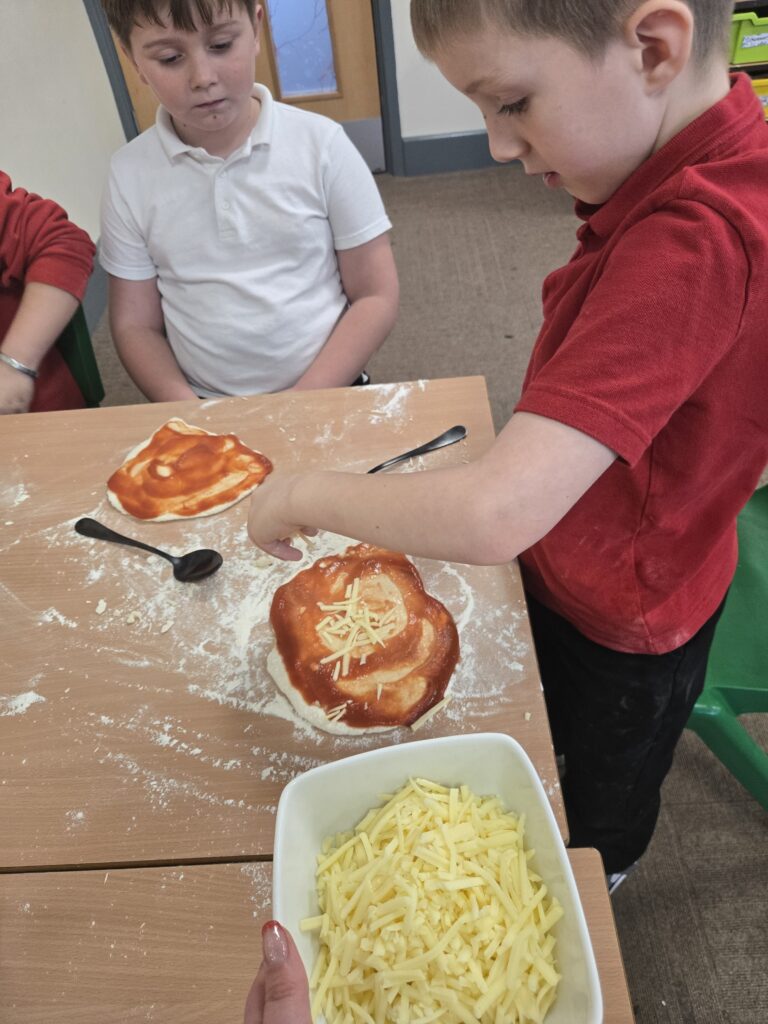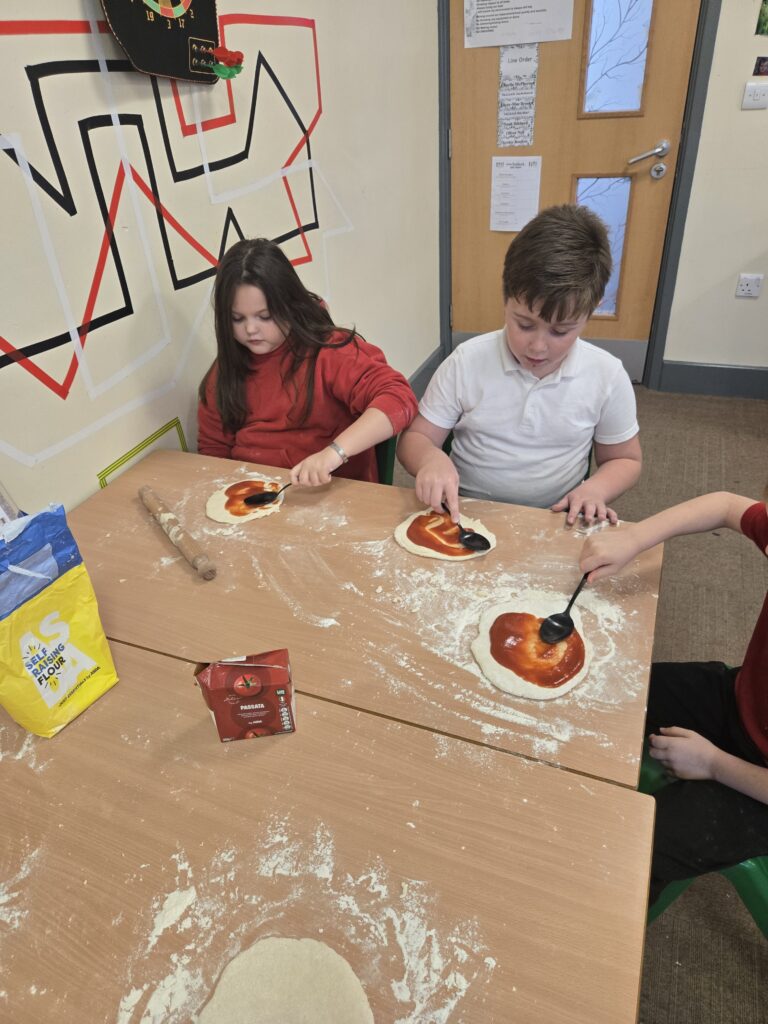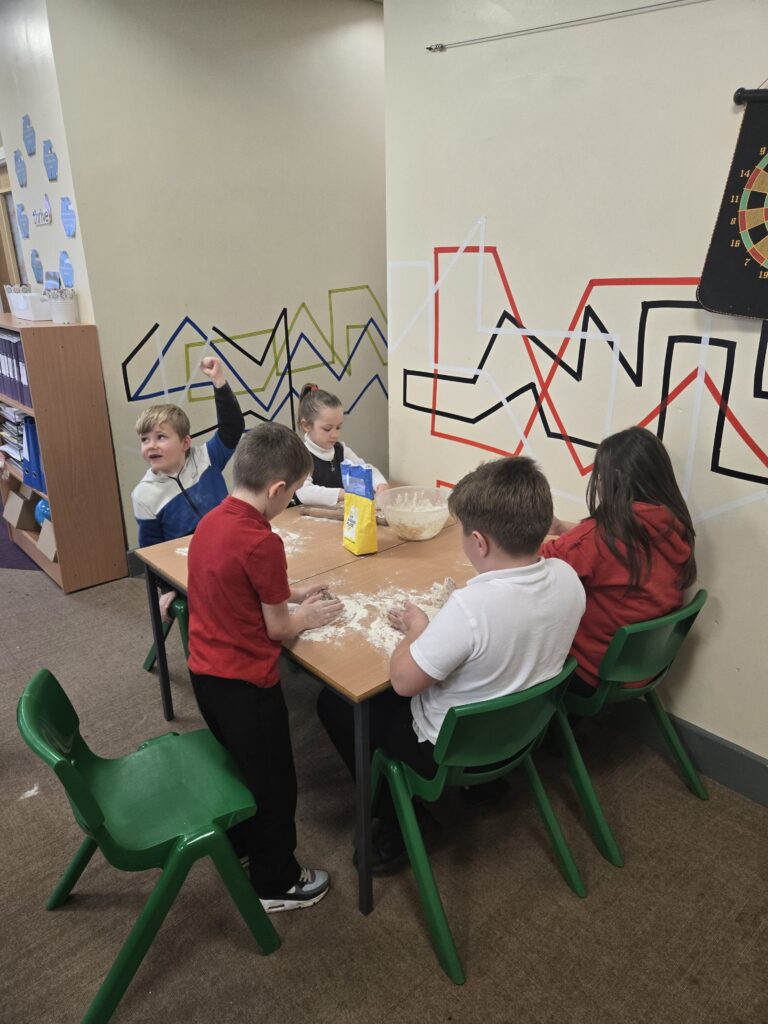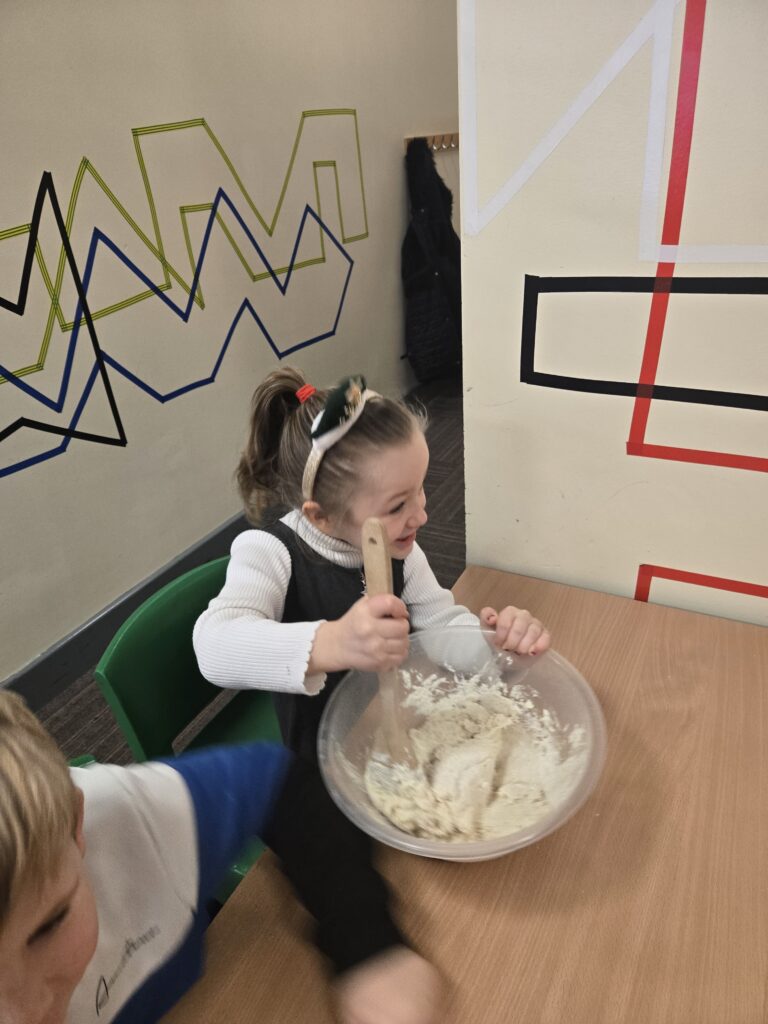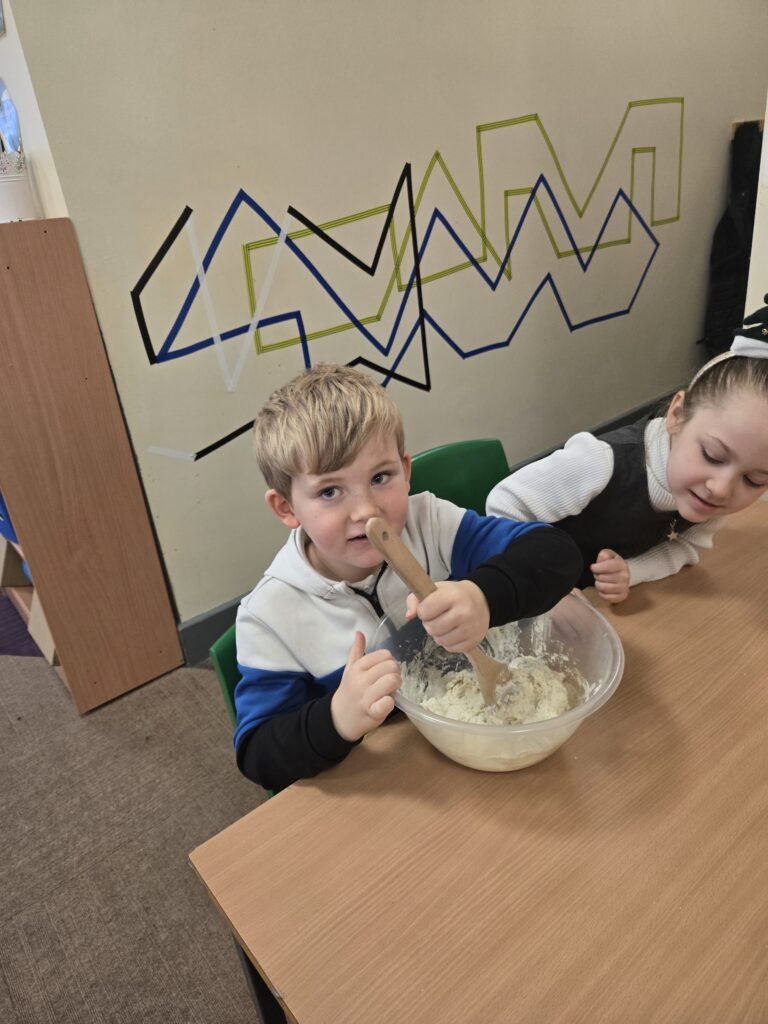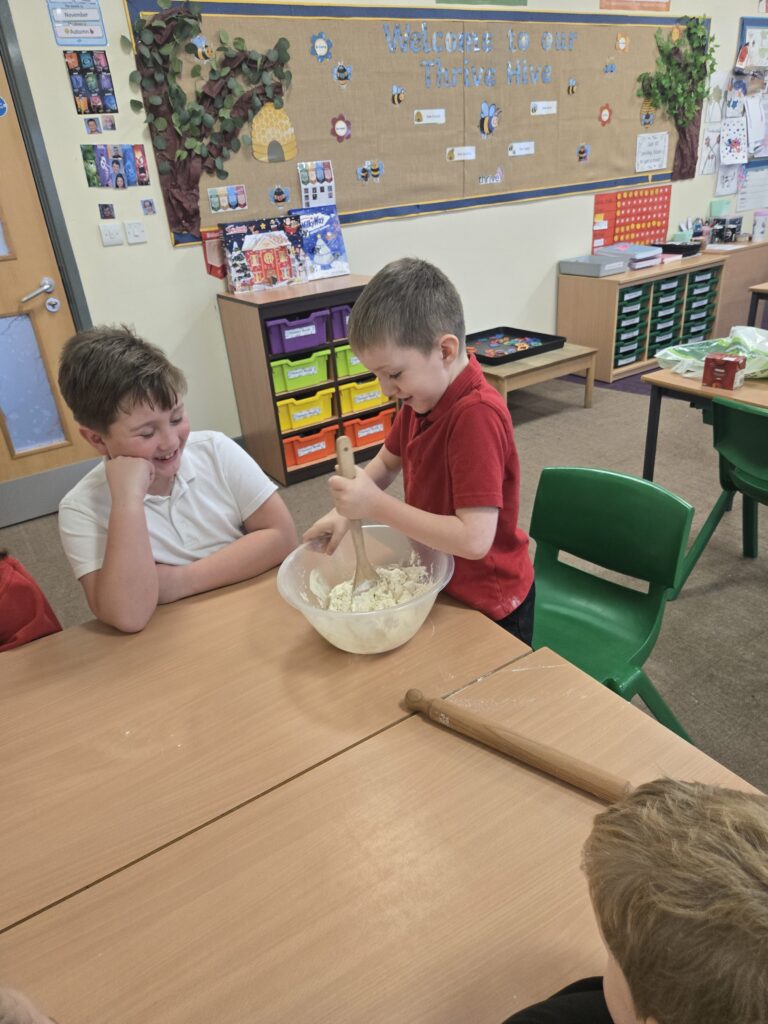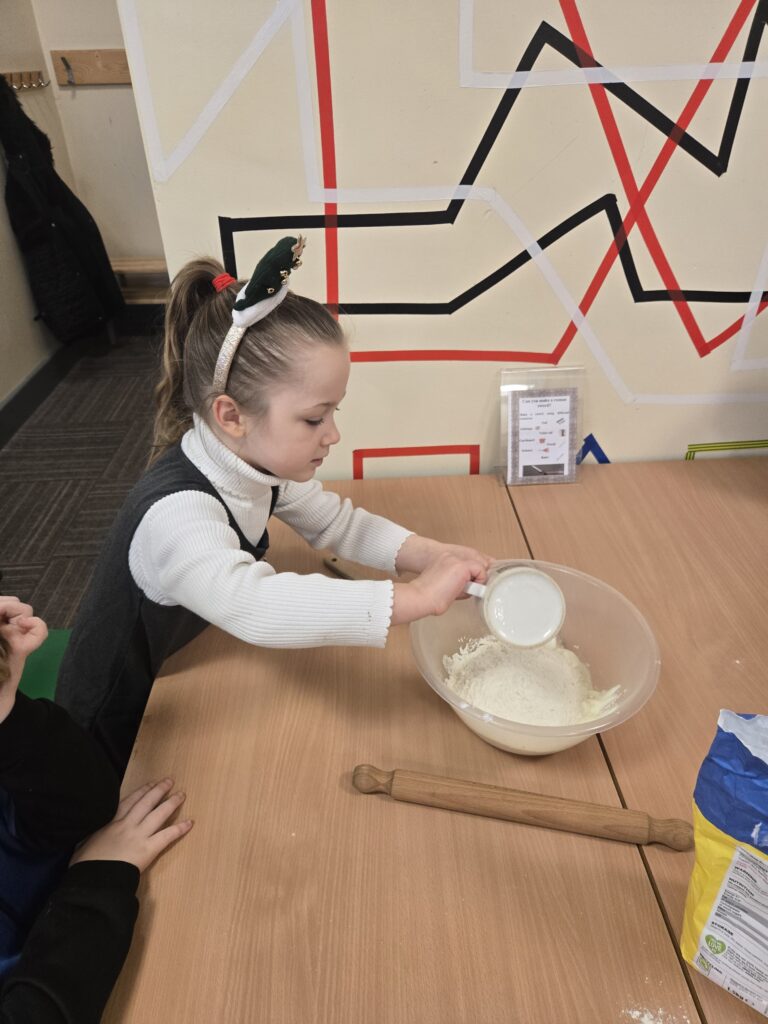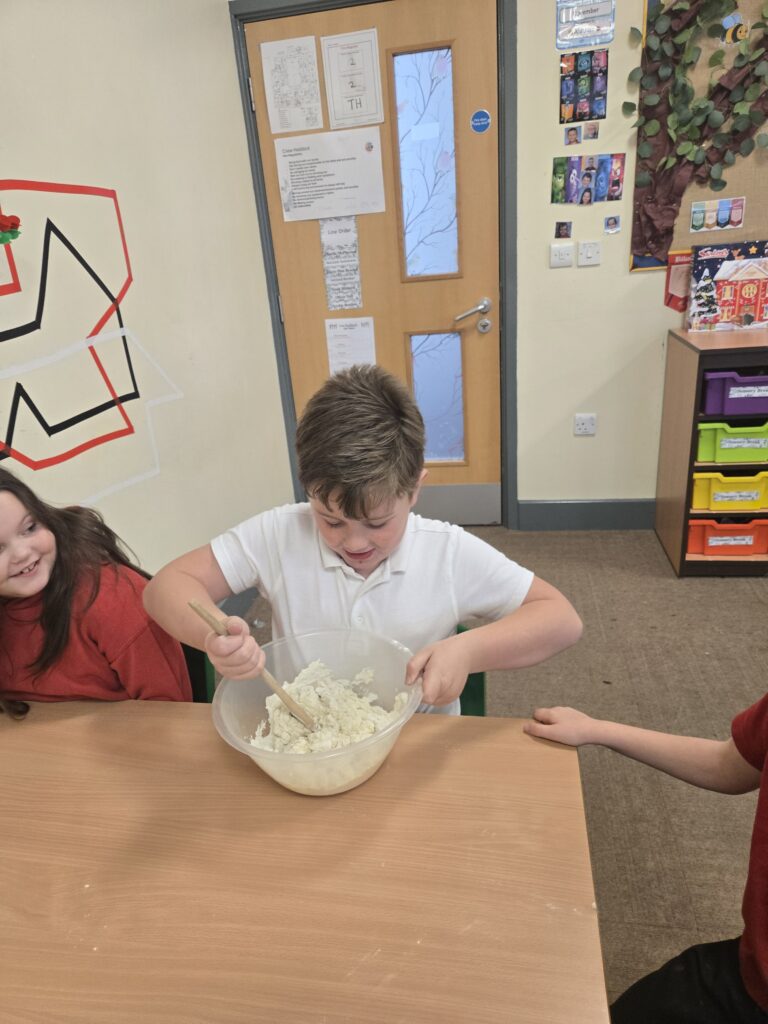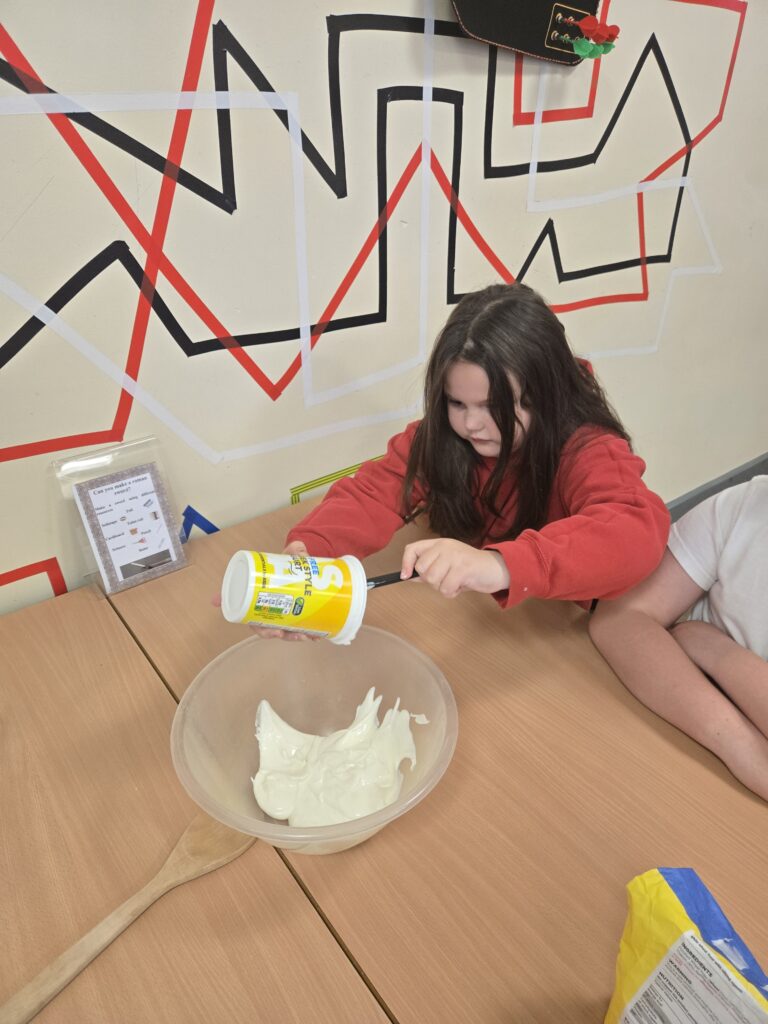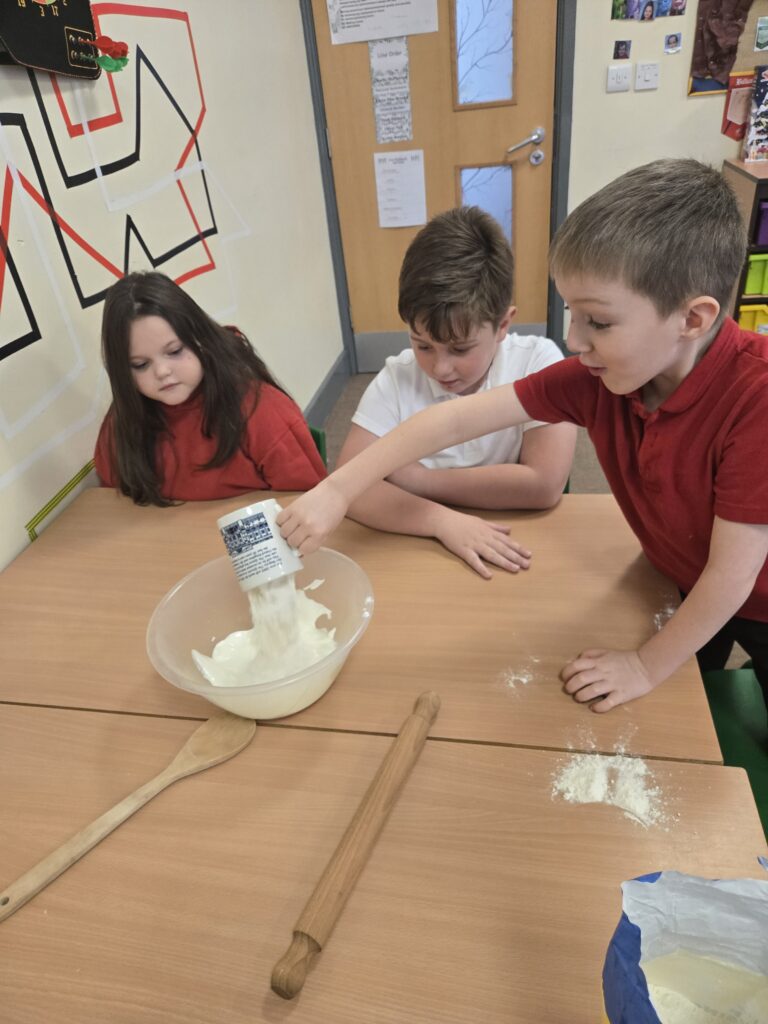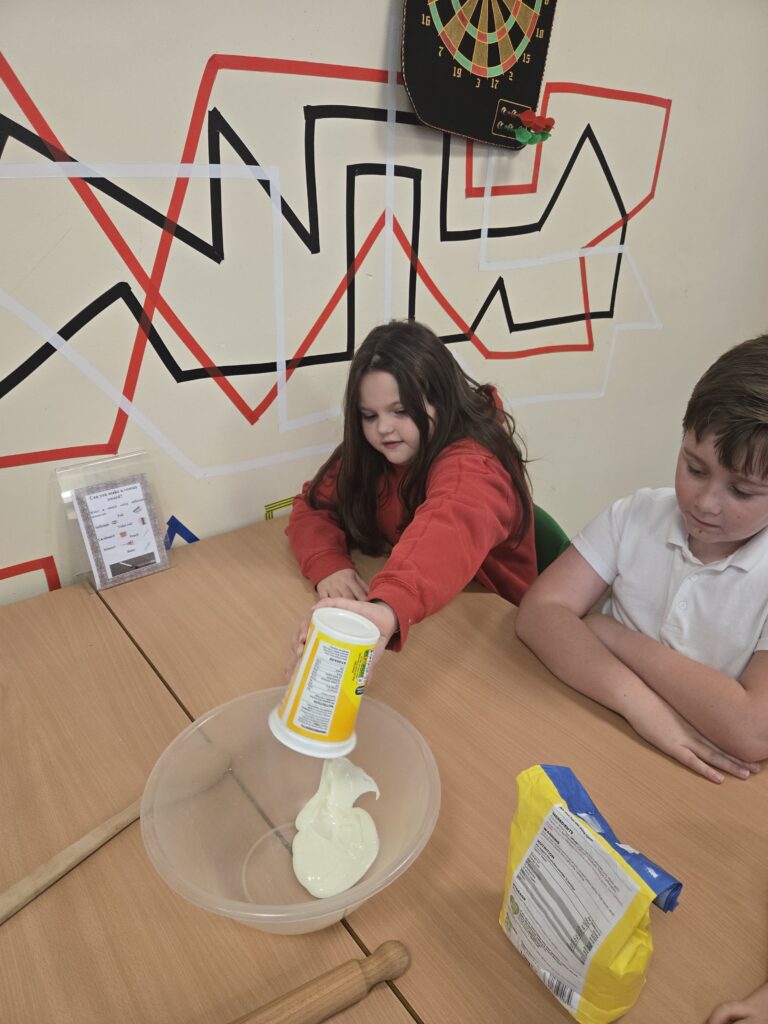
Find out more and apply here to #JoinOurCrew
https://xptrust.org/were-looking-for-a-cleaner-at-xp-doncaster/
Post inside this category will show up on the front page

Find out more and apply here to #JoinOurCrew
https://xptrust.org/were-looking-for-a-cleaner-at-xp-doncaster/
Today we started our sponsored walk from school to the North Pole! Every child needs to walk 2 miles a day. Please support pupils by sending in sponsor forms. We really challenged ourselves today! Well done LKS2 for showing great perseverance.
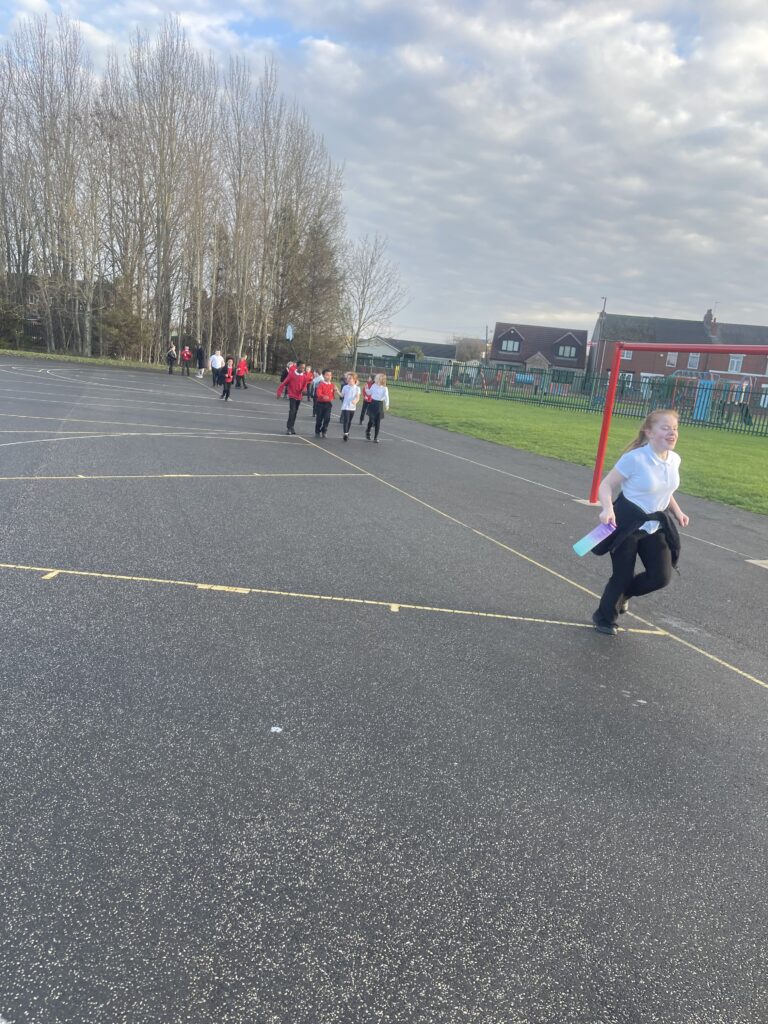
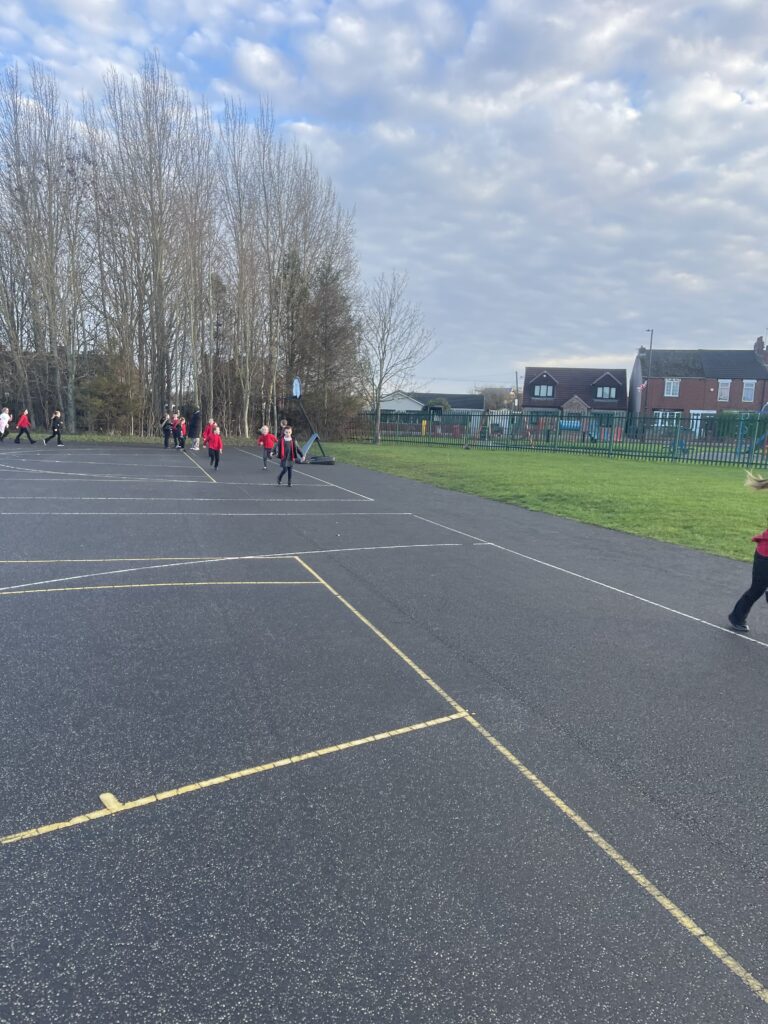
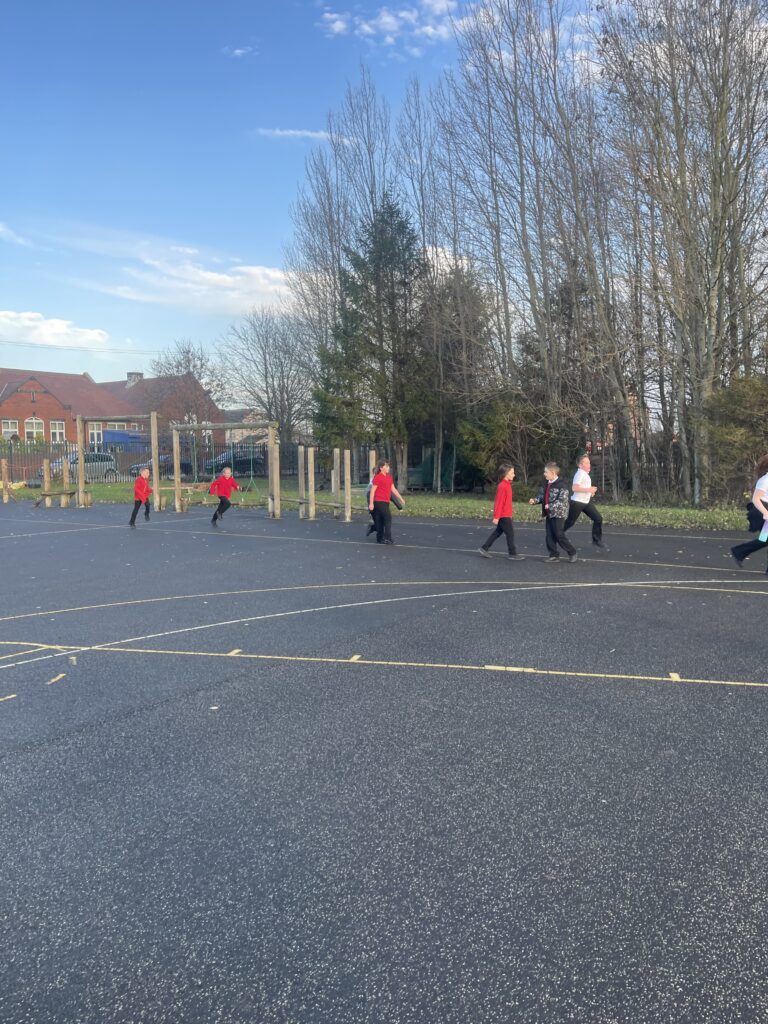
This week in Crew Frost, the nursery children have been learning about the term community, specifically their local community and our school community. In these images, the children are taking part in a school community walk, where they explored the school grounds, visited other classrooms, greeted teachers, and even had a sneak peek at some amazing dance routines in the hall. This was a fantastic concrete experience for the nursery children, and they especially enjoyed waving to their siblings and people they knew. They were also fascinated by the expedition displays, which sparked so many who, what, and where questions. Well done, Crew Frost, for demonstrating excellent listening skills and meeting expectations while walking around the school!
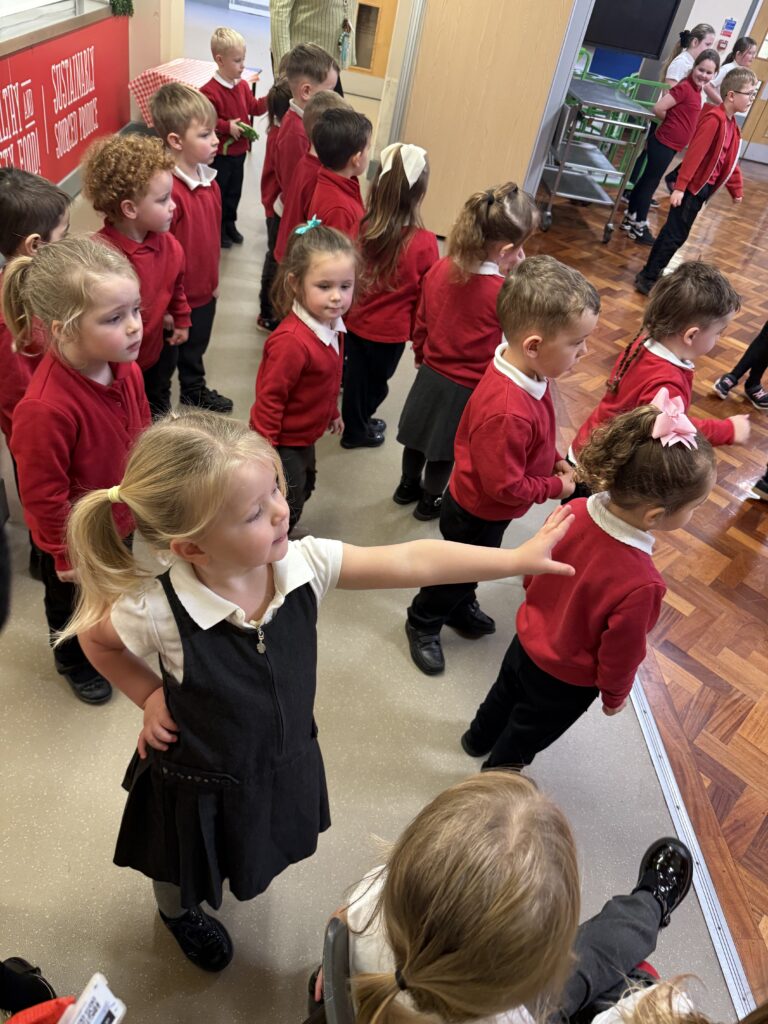
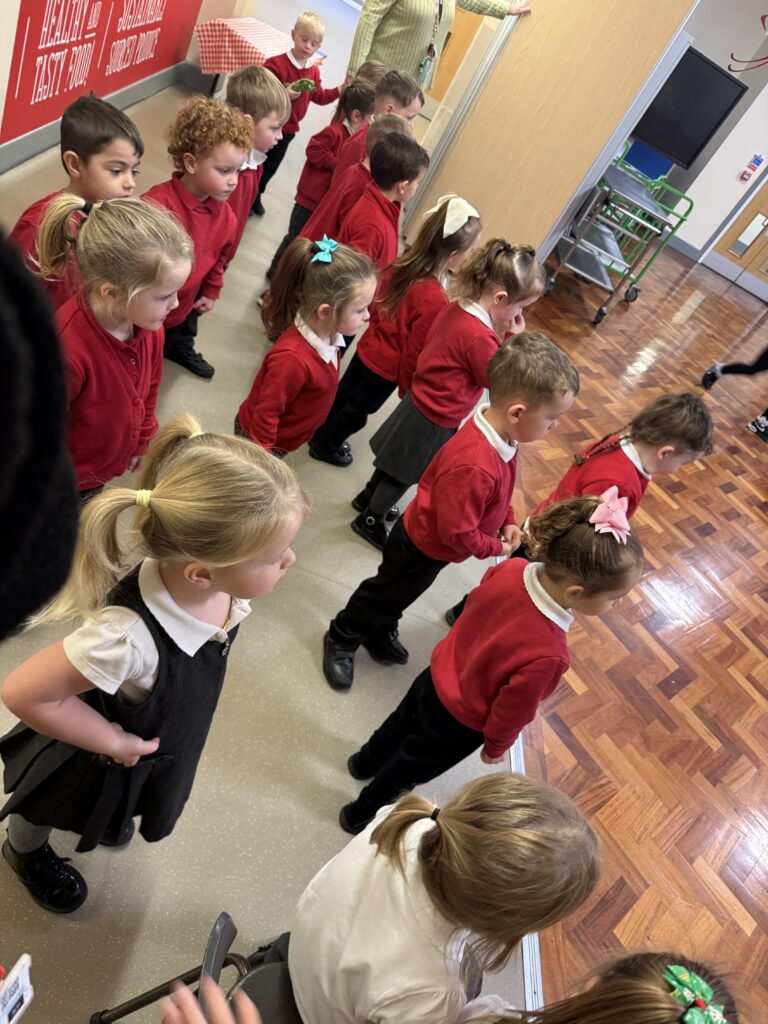
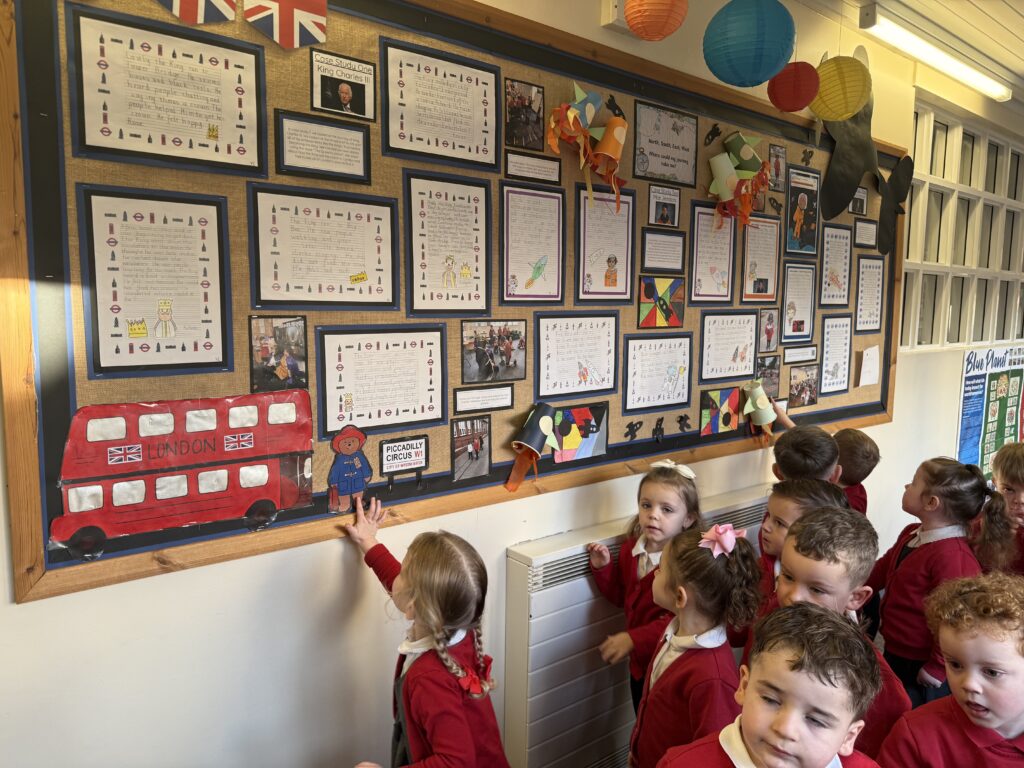
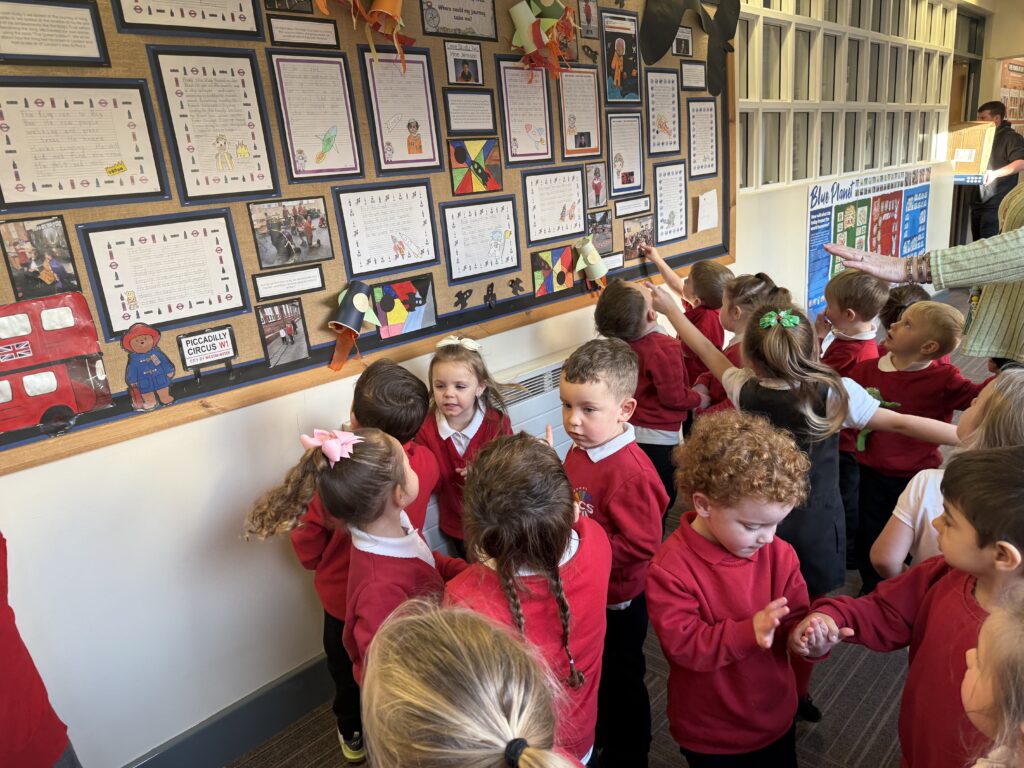
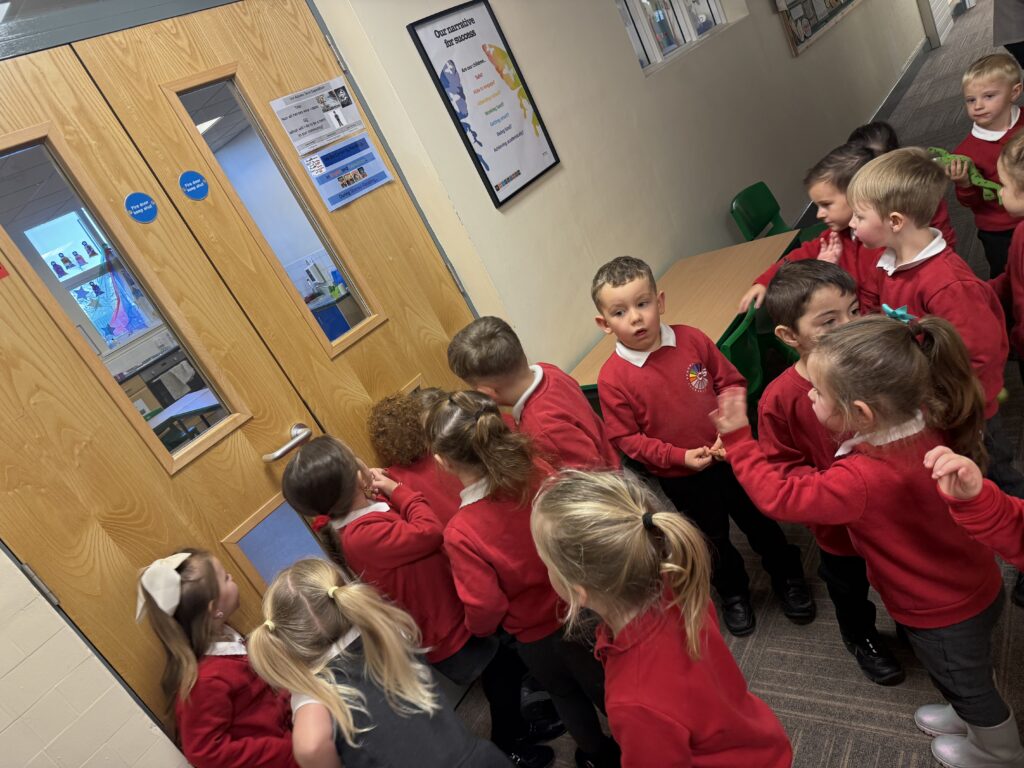
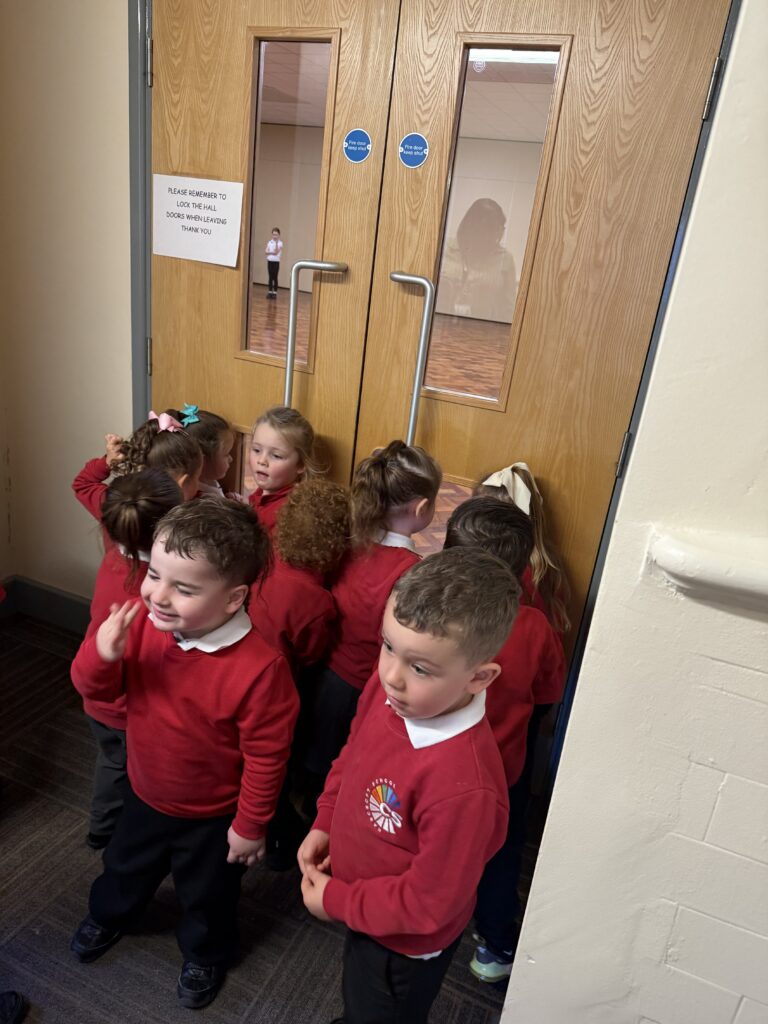
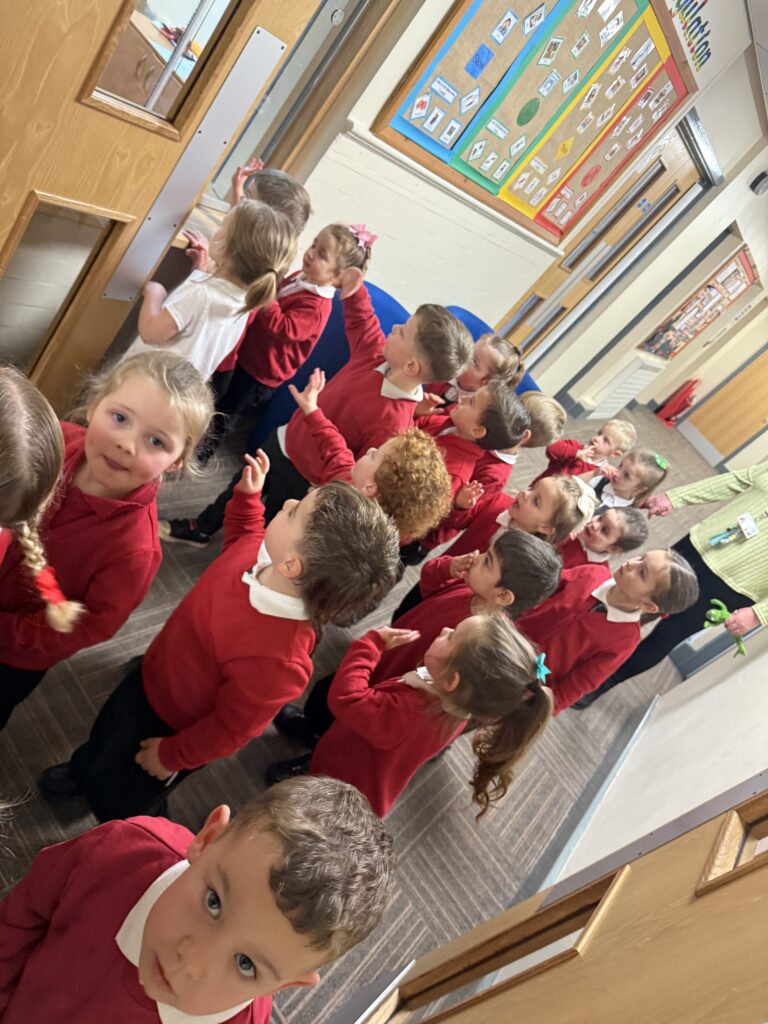
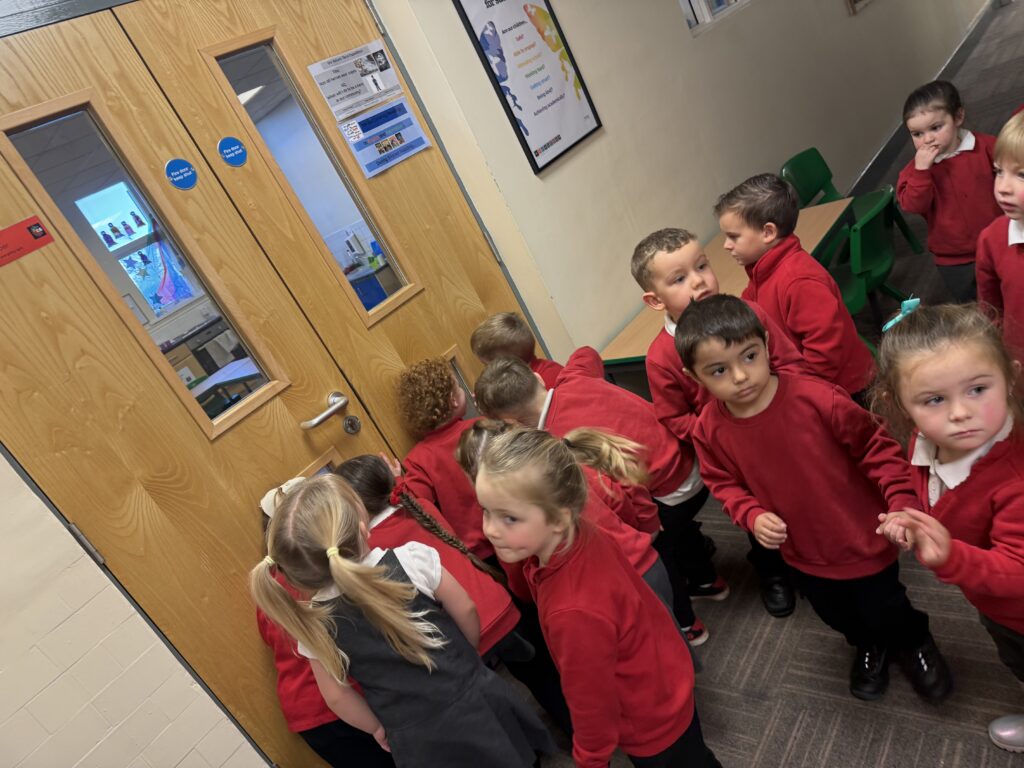
This week the crew Frost have been introduced to a rekenrek. A rekenrek is a is a hands-on maths teaching resource used to help young children visualize and learn essential early years maths. It is perfect for building up subitising skills and concrete experiences during their maths sessions putting their fast maths eyes to the test. However, to start in crew Frost we have just been practicing the golden rules for using a rekenrek such as “red is ready to go” meaning we always push with the color red at the front and only with one finger and one big push! Once crew Frost mastered this we were able to have a go at pushing just one red bead across and to really challenge two for some! Well done crew frost you were amazing at it!

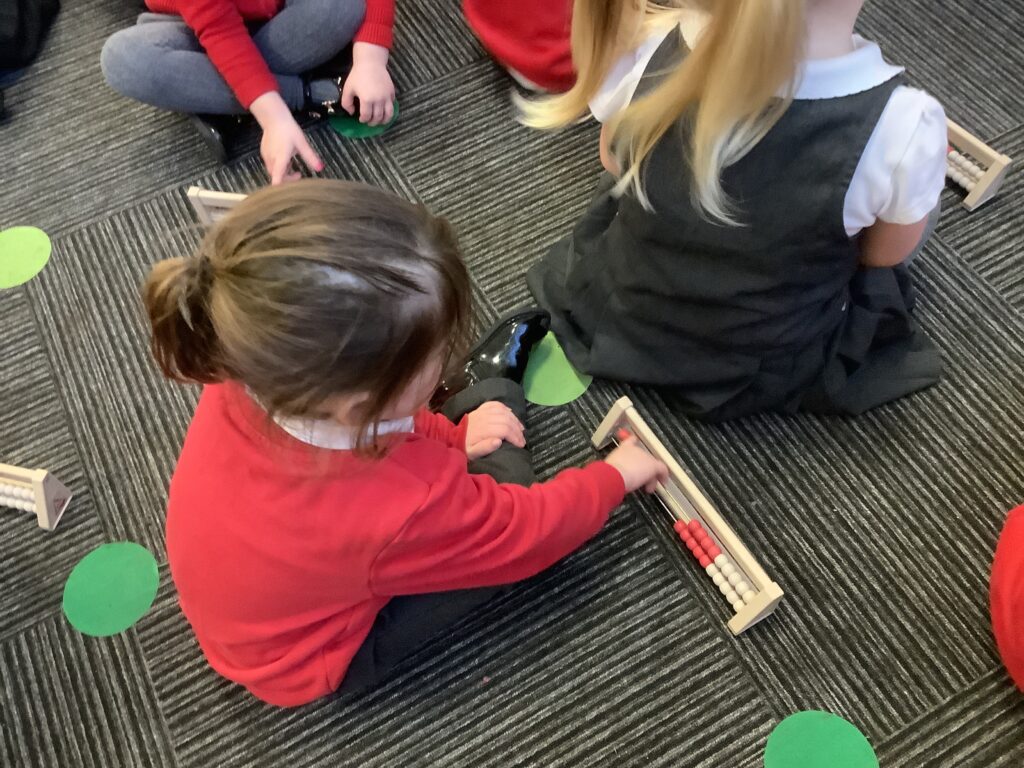
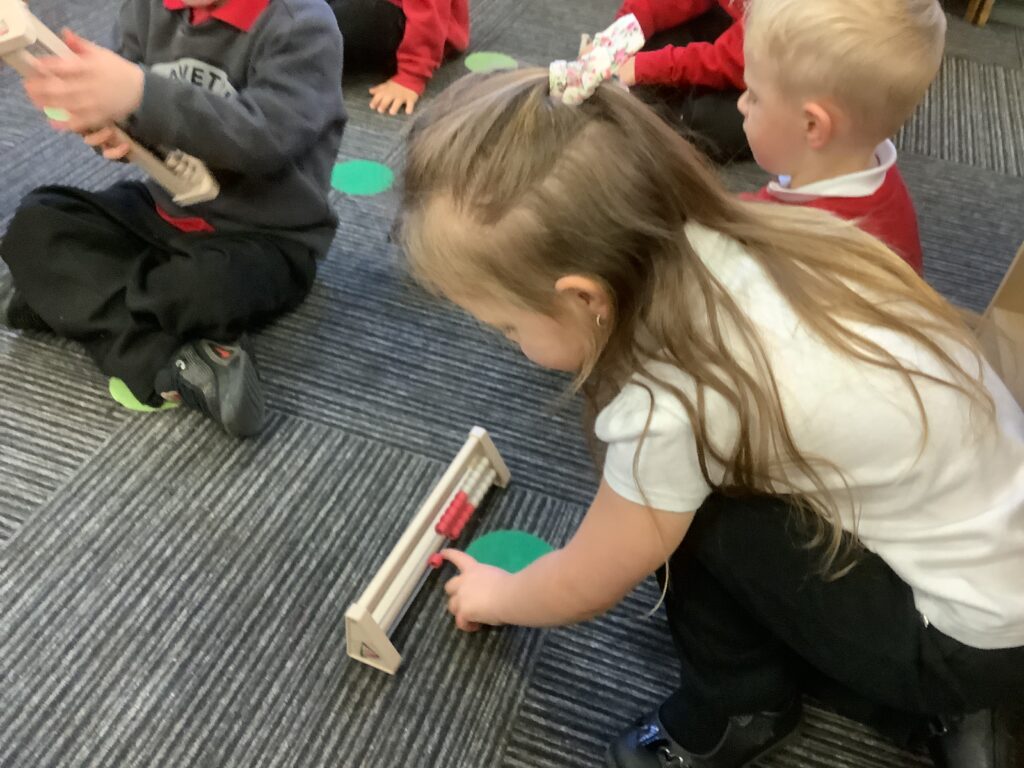
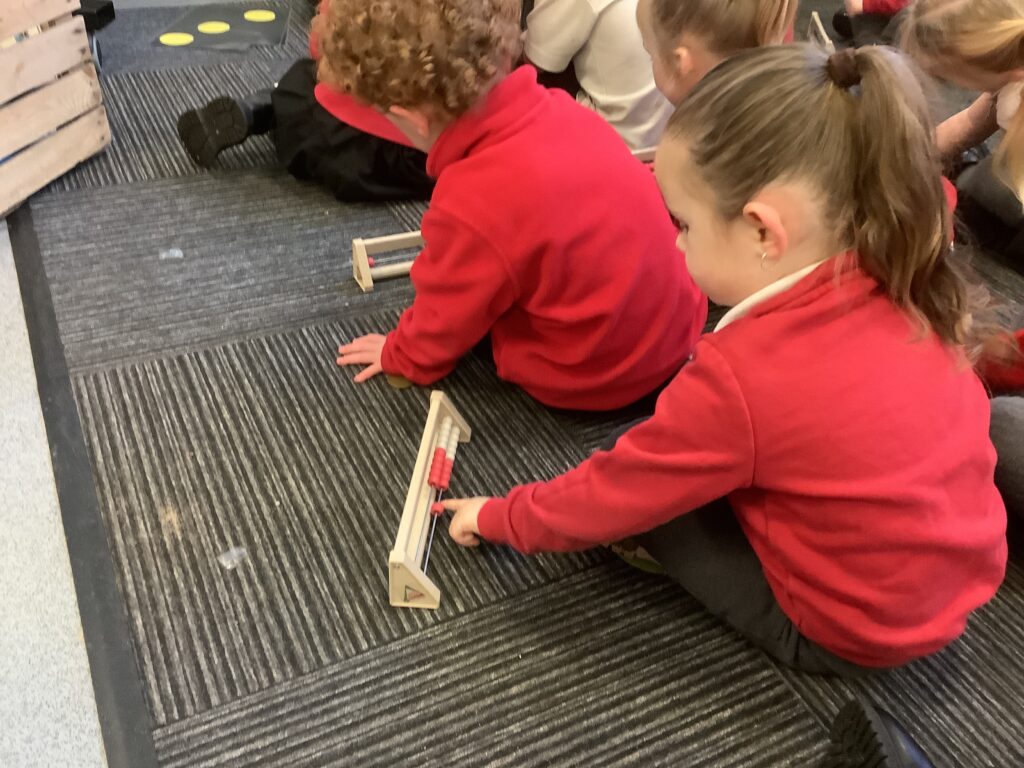
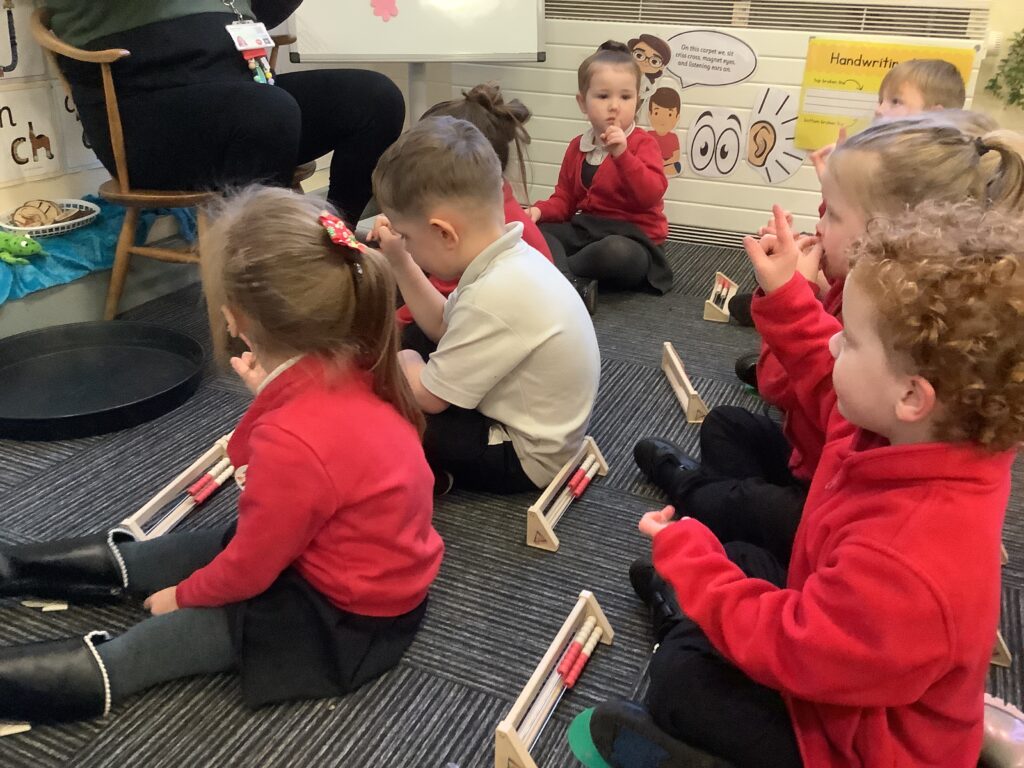

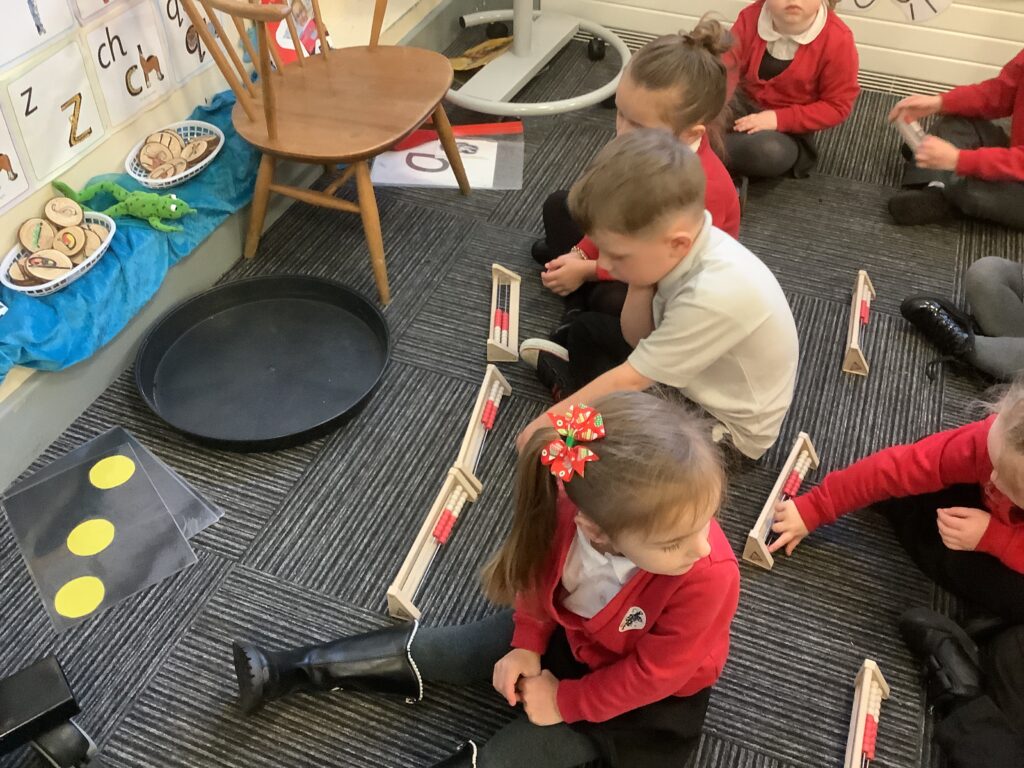

Crew Ramsay loved going under the tables and cosying down in the pillows to enjoy some reading with Year 5. As we get more and more familiar, we are really beginning to bond with our buddies and grow as little people. Crew goes beyond the year groups at Carcroft as we are learning in Year Two!
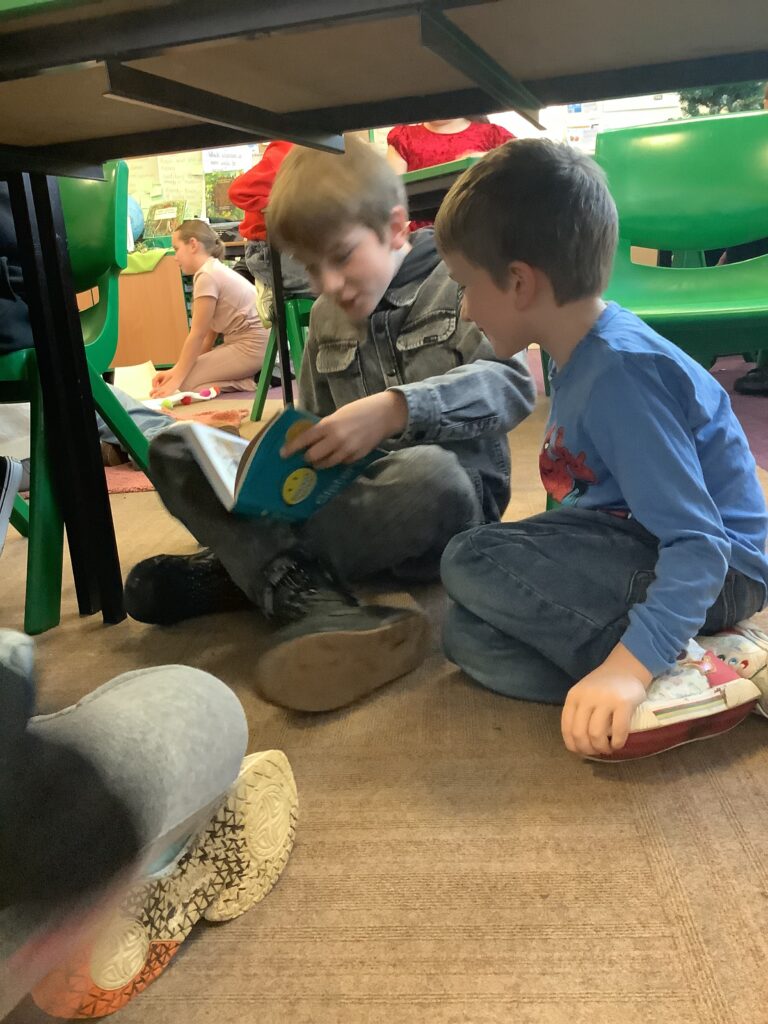
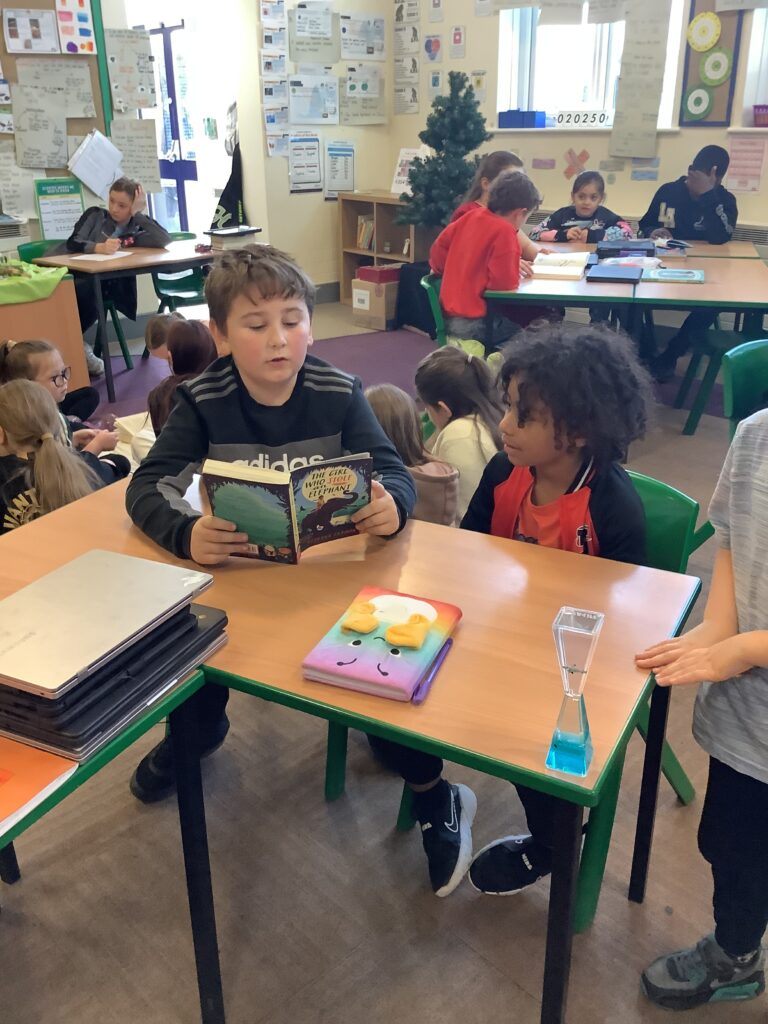
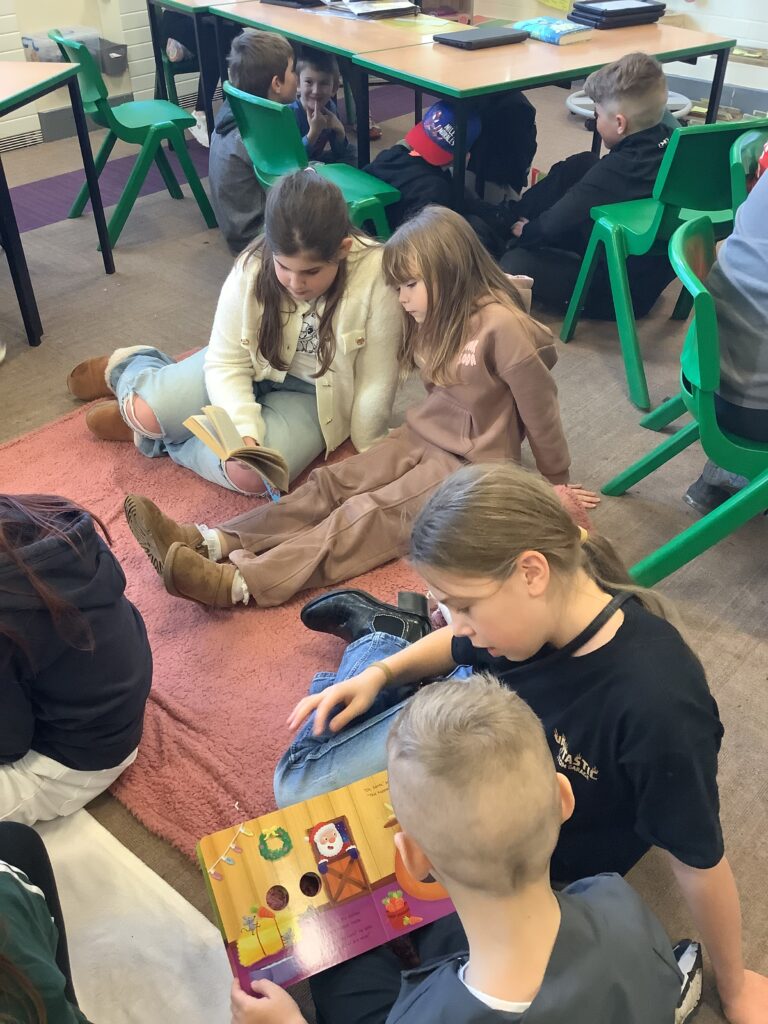
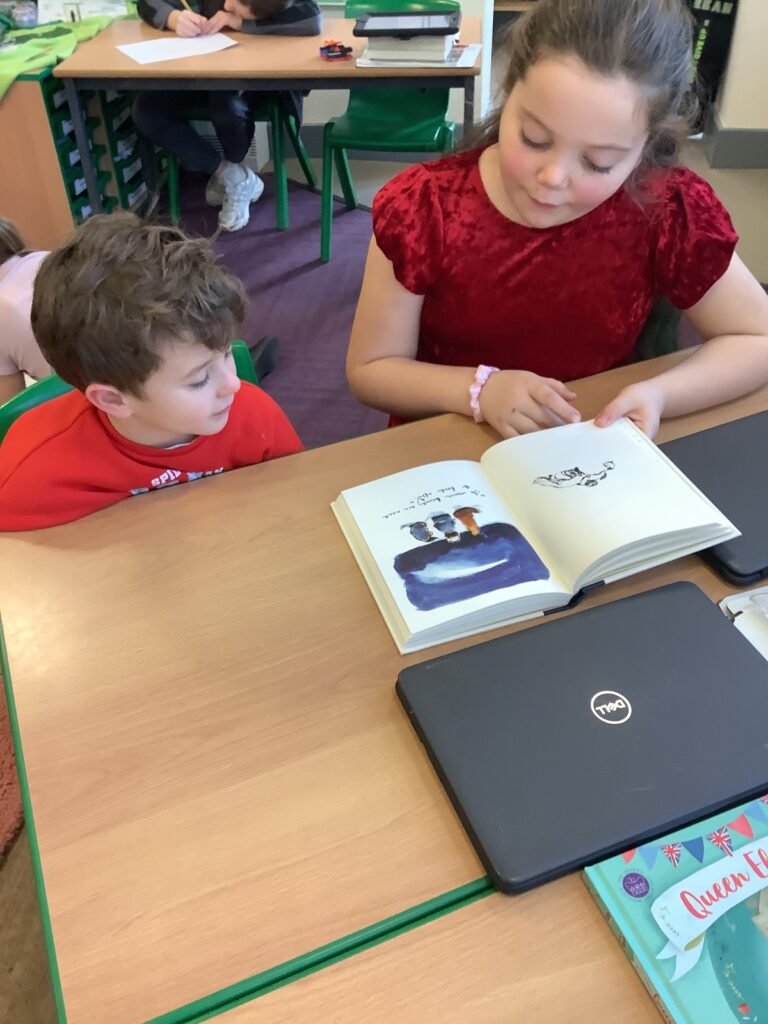
Crew Ramsay would like to acknowledge the kindness and generosity of the donators of our advent calendars. We have loved counting down the days to Christmas so far. We have learned to take turns, recognise numerals and share life’s little joys with our friends… what a beautiful way to be a crew! Thank you!
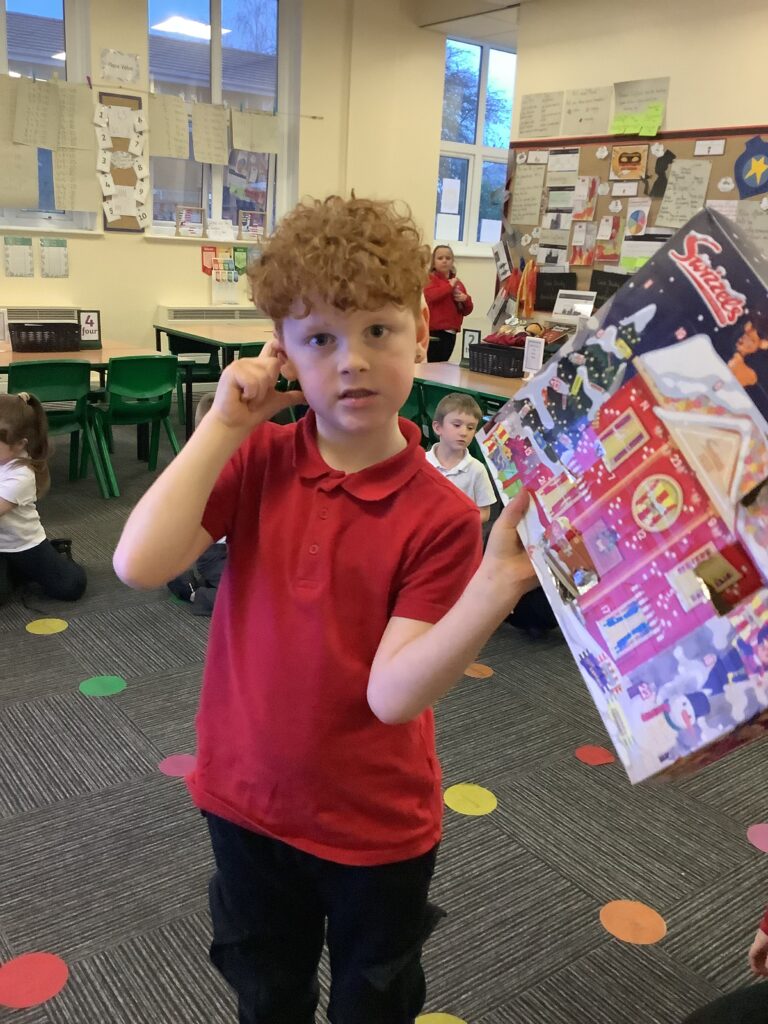

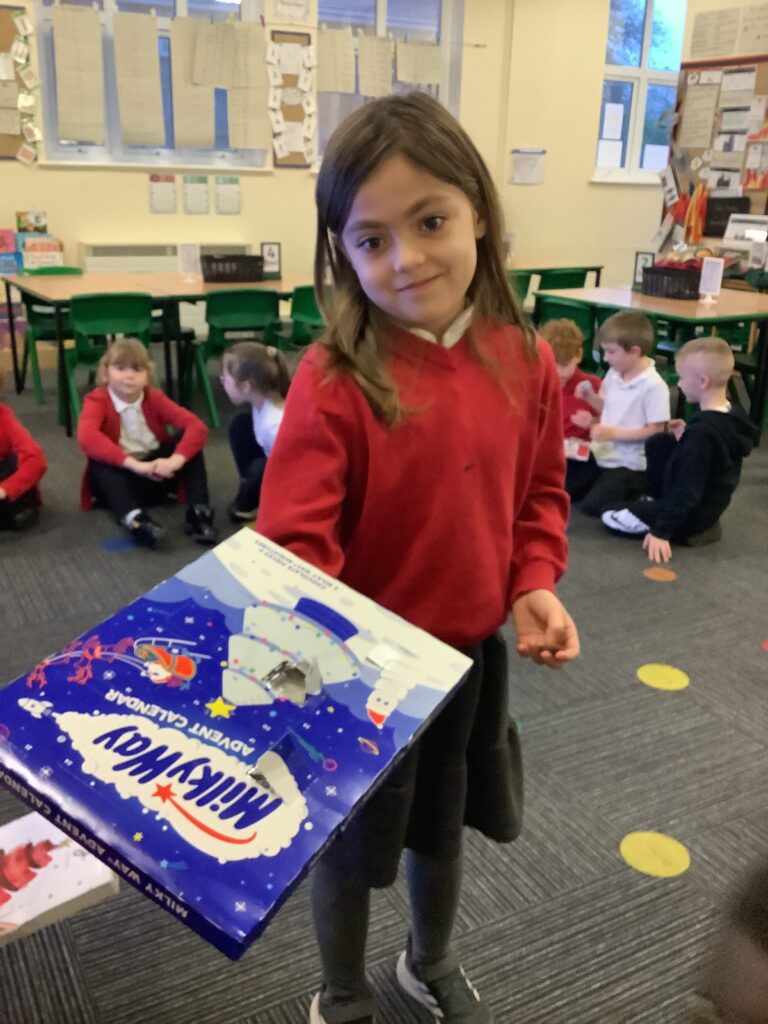
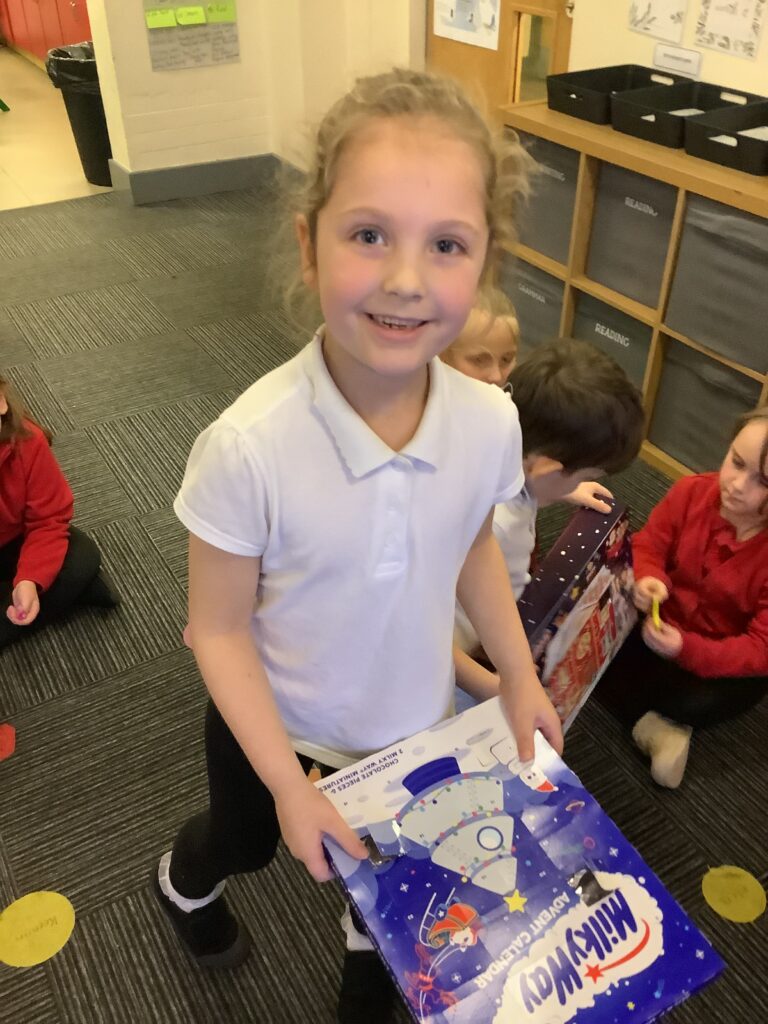
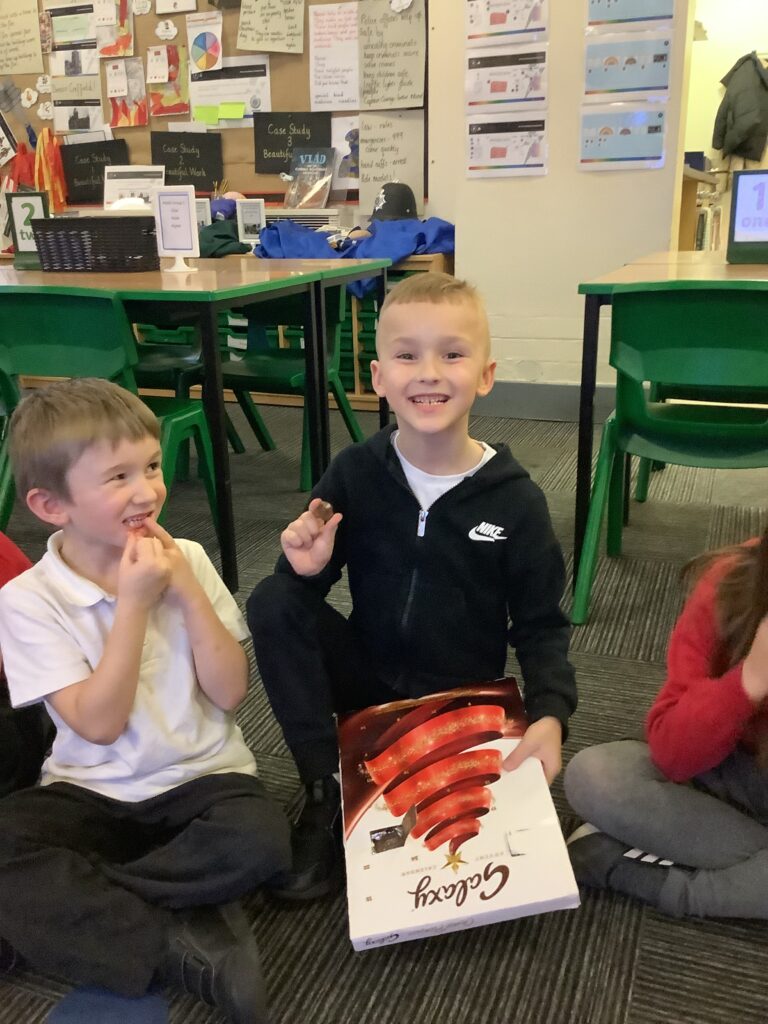
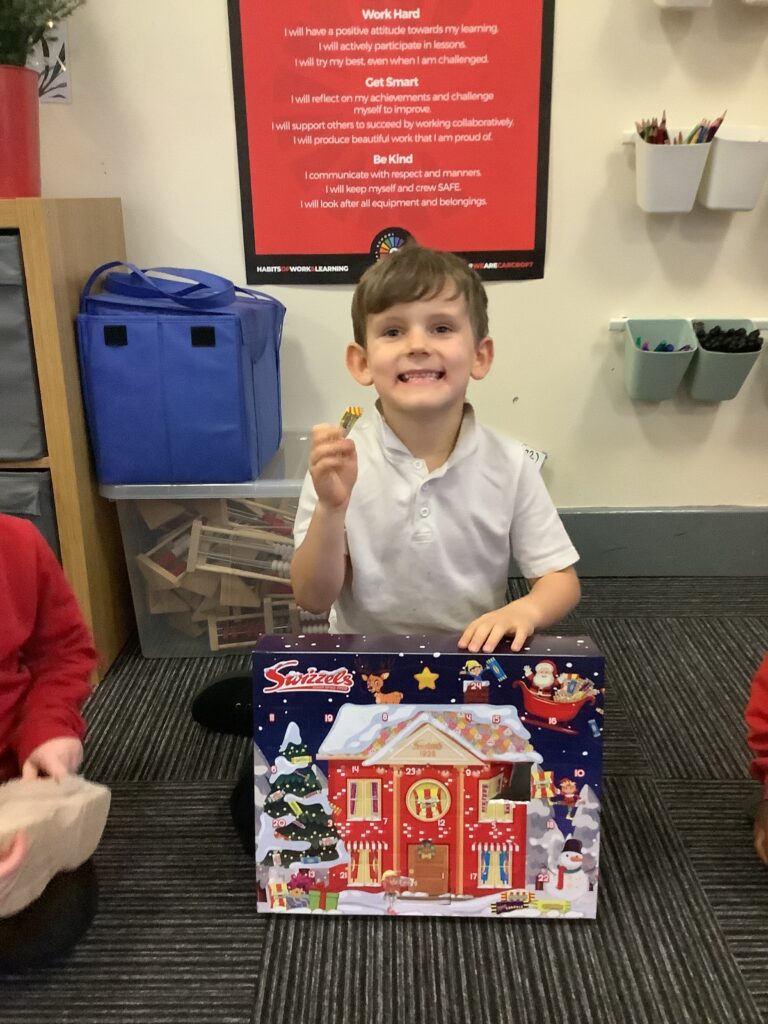
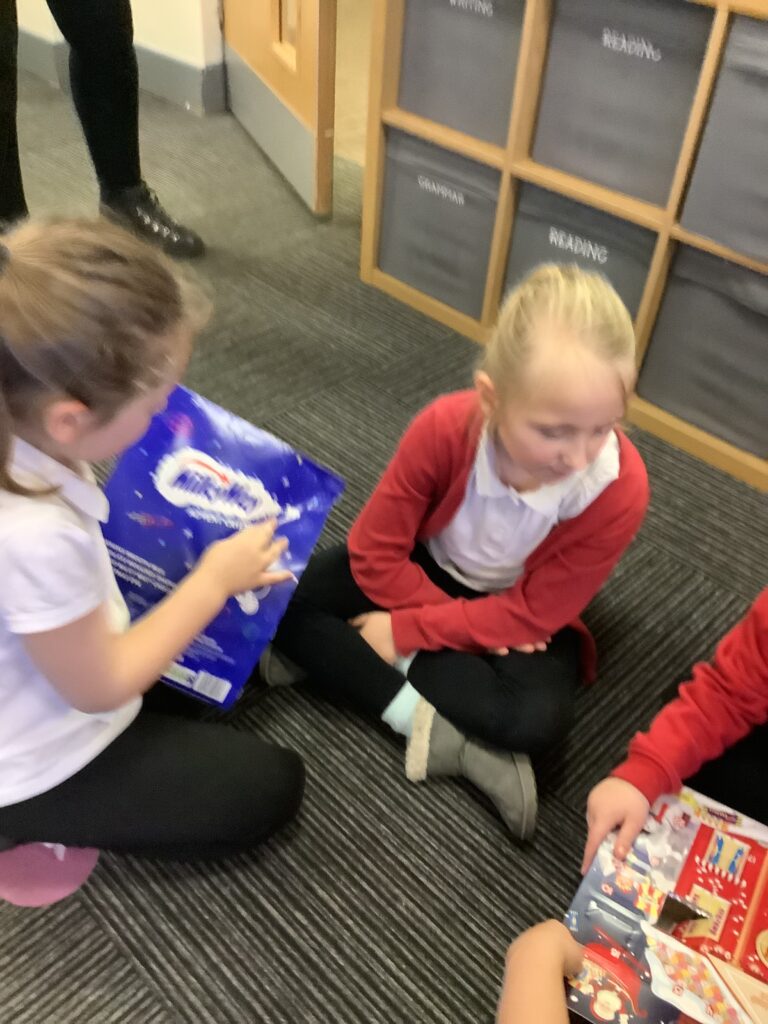
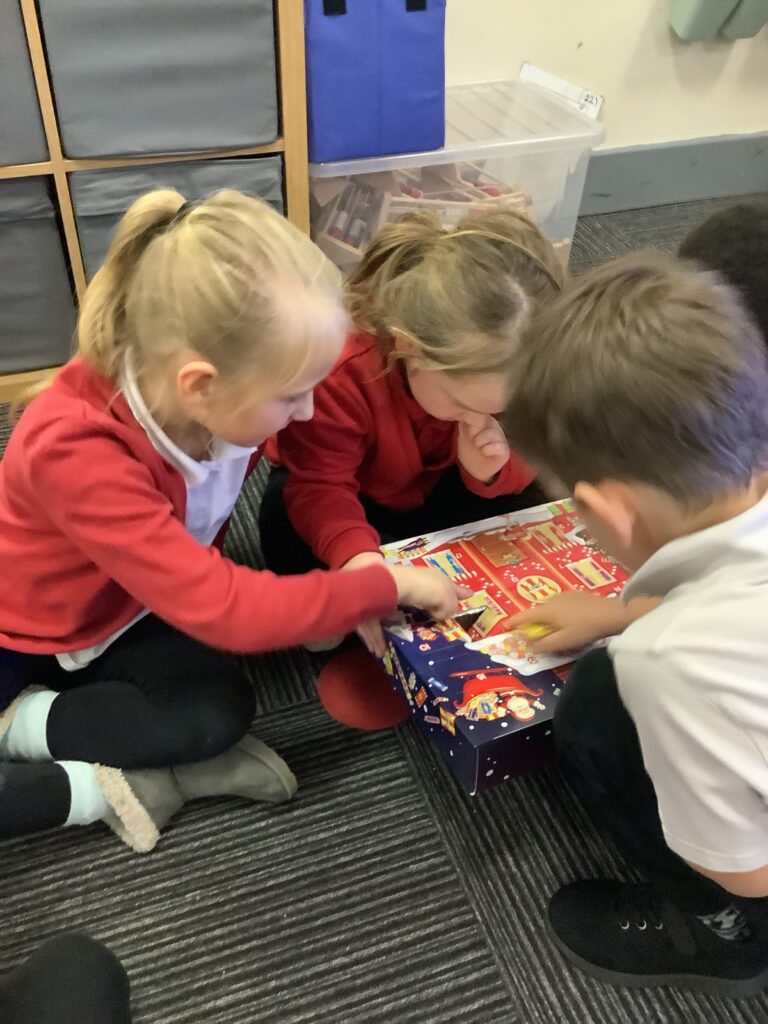
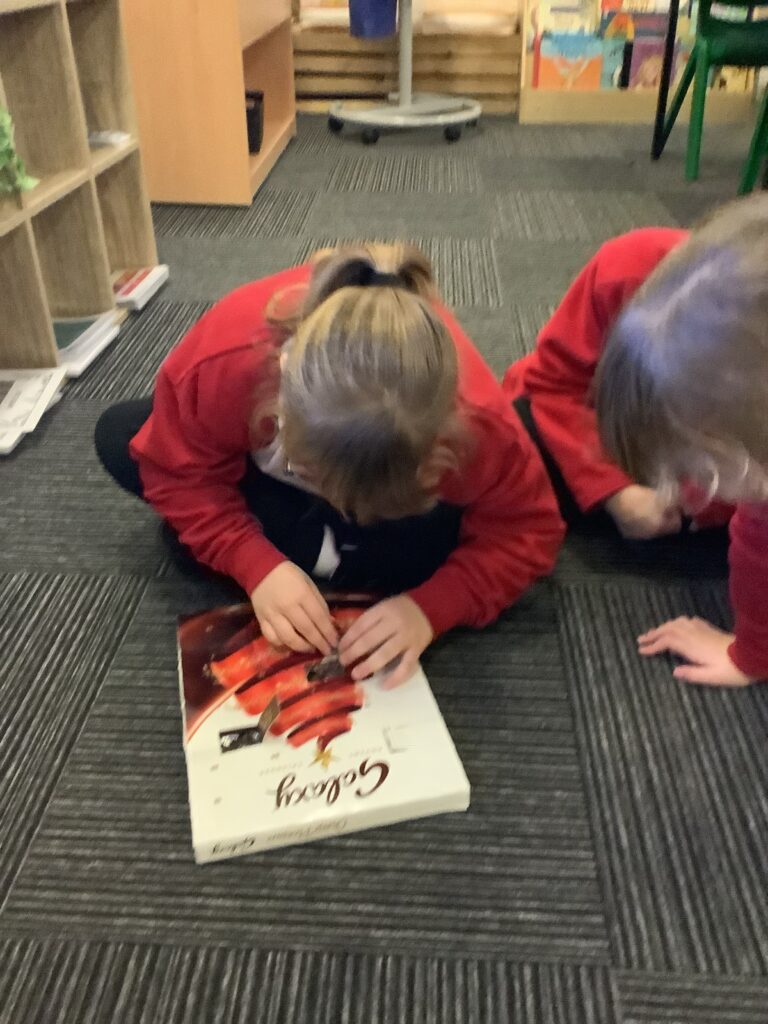

In Crew Ramsay, we have enjoyed independent writing which culminated in peer critique time today. We read our work loud and proud and received critique from a peer. We have already edited our work so didn’t make any changes to our actual work but we did think about our feedback and pledged to consider it going forward. Check us out using our actions and signs for our critique protocol: I praise, I notice, I suggest, I wonder. What a compassionate, courageous morning!
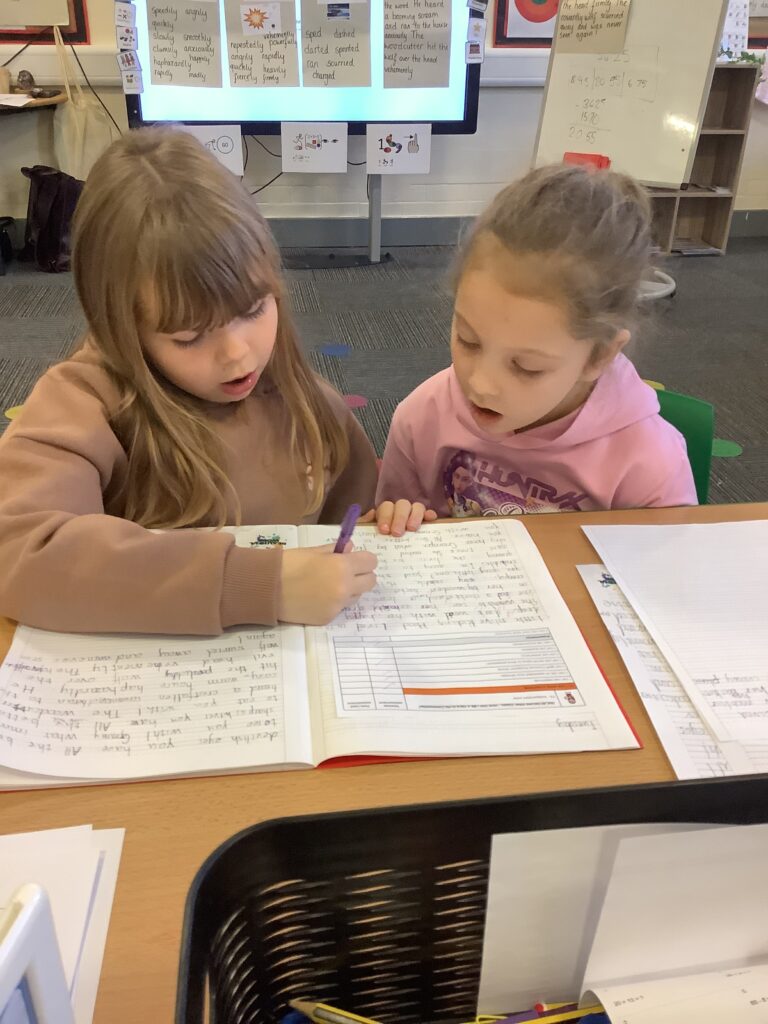

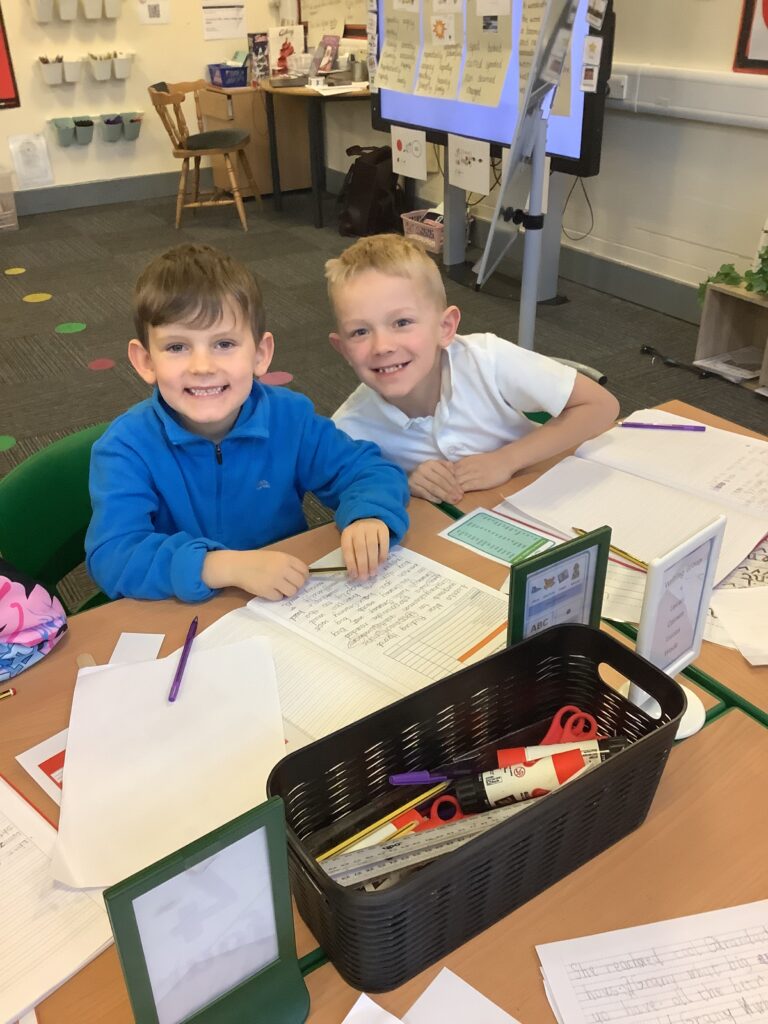
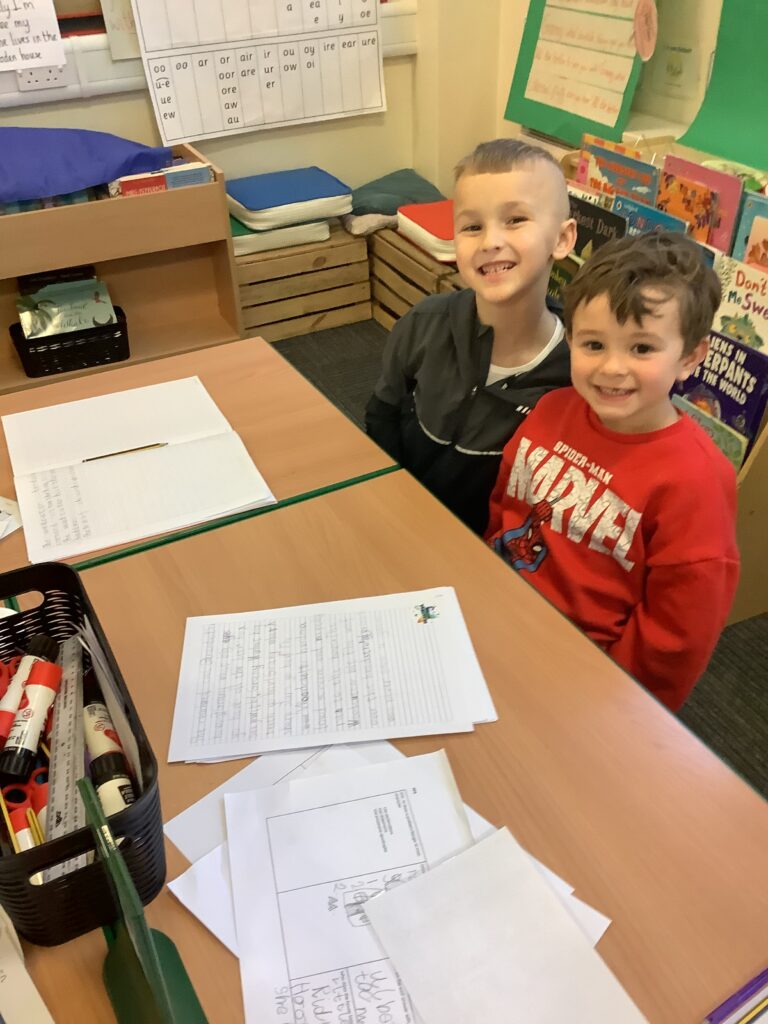
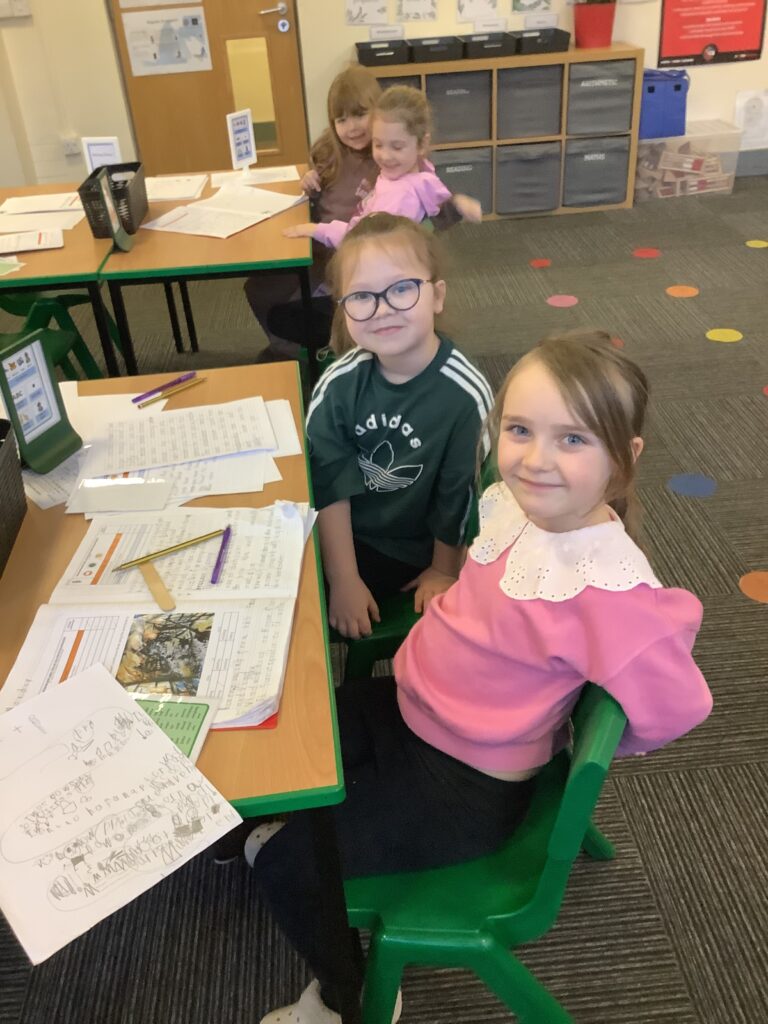
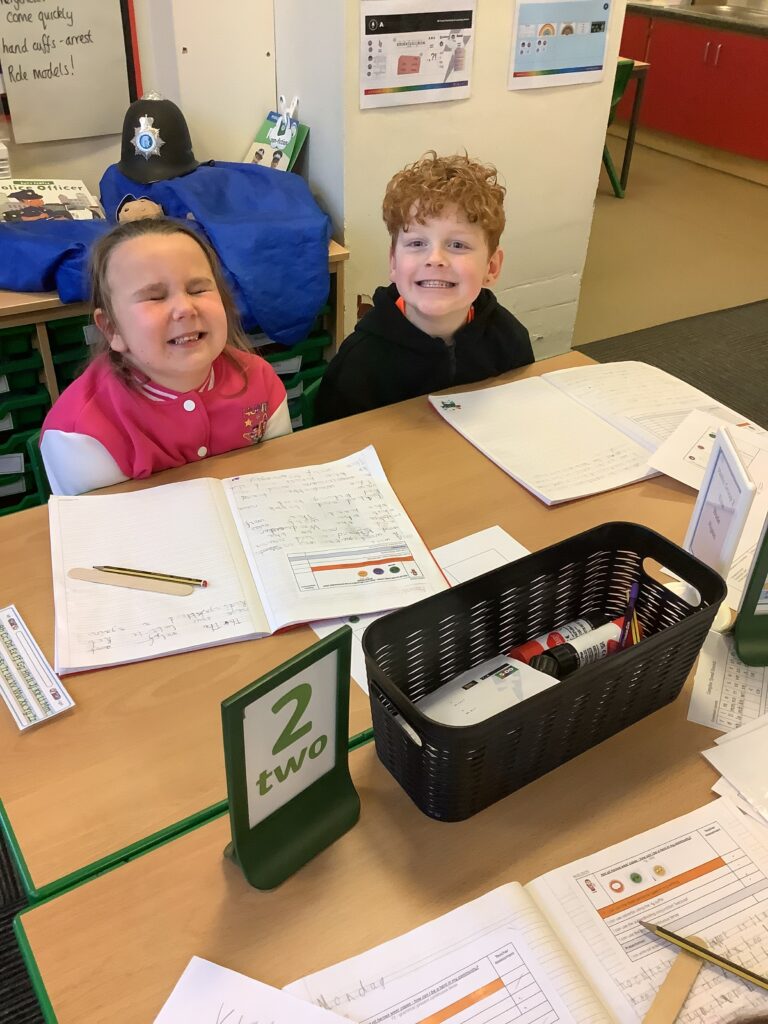
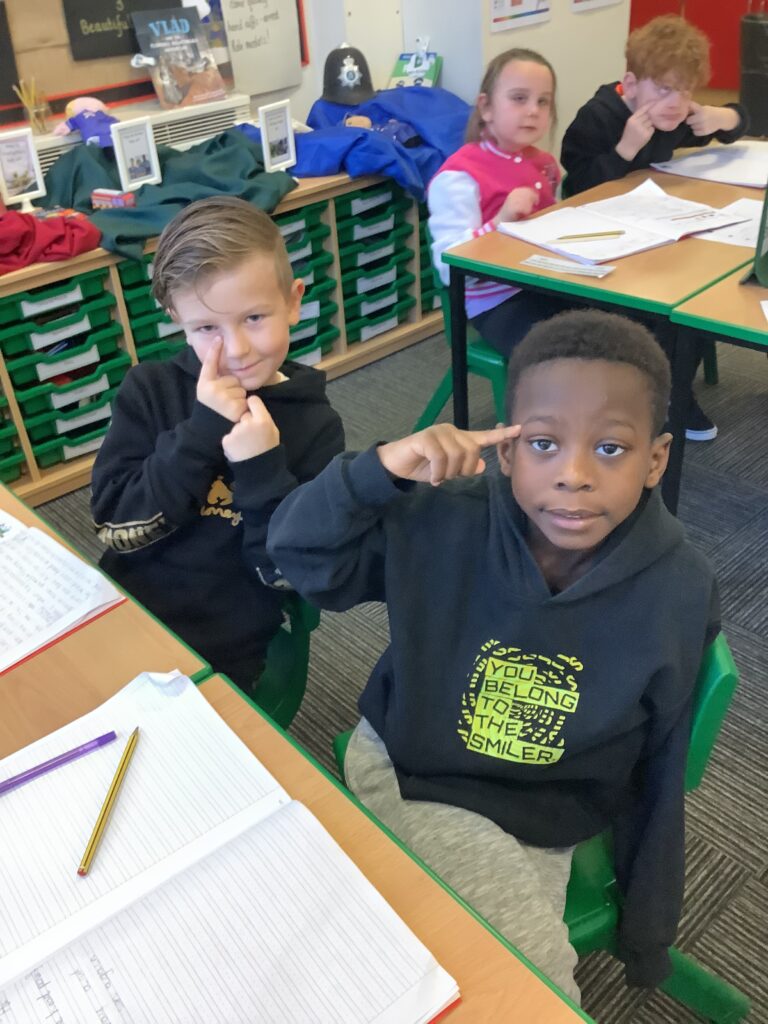
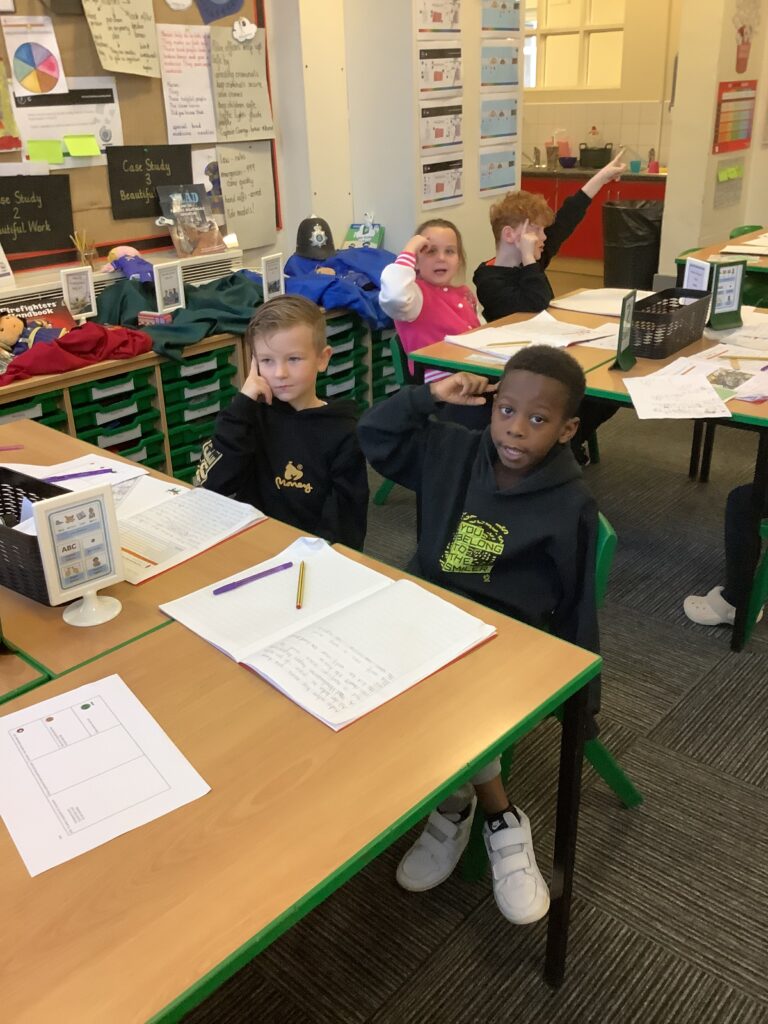
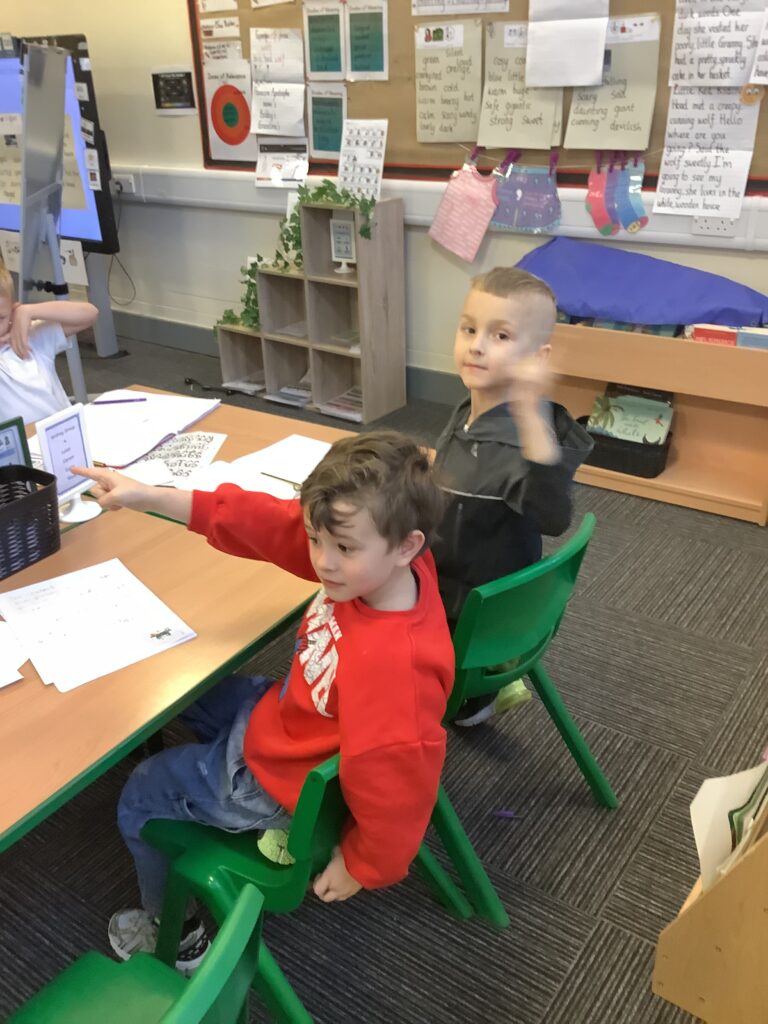

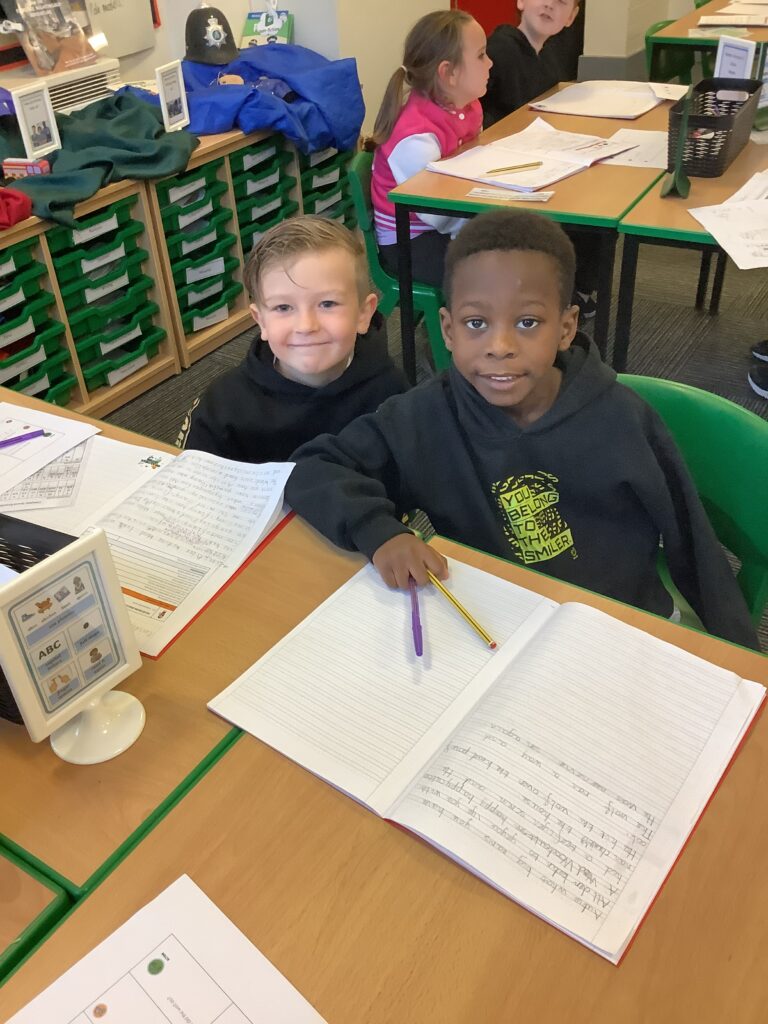
In Year Two Maths, we have been revisiting our Shape learning from Year One. Here we are guessing the shapes with our eyes closed based on their physical properties. We loved getting practical with the concrete resources today!
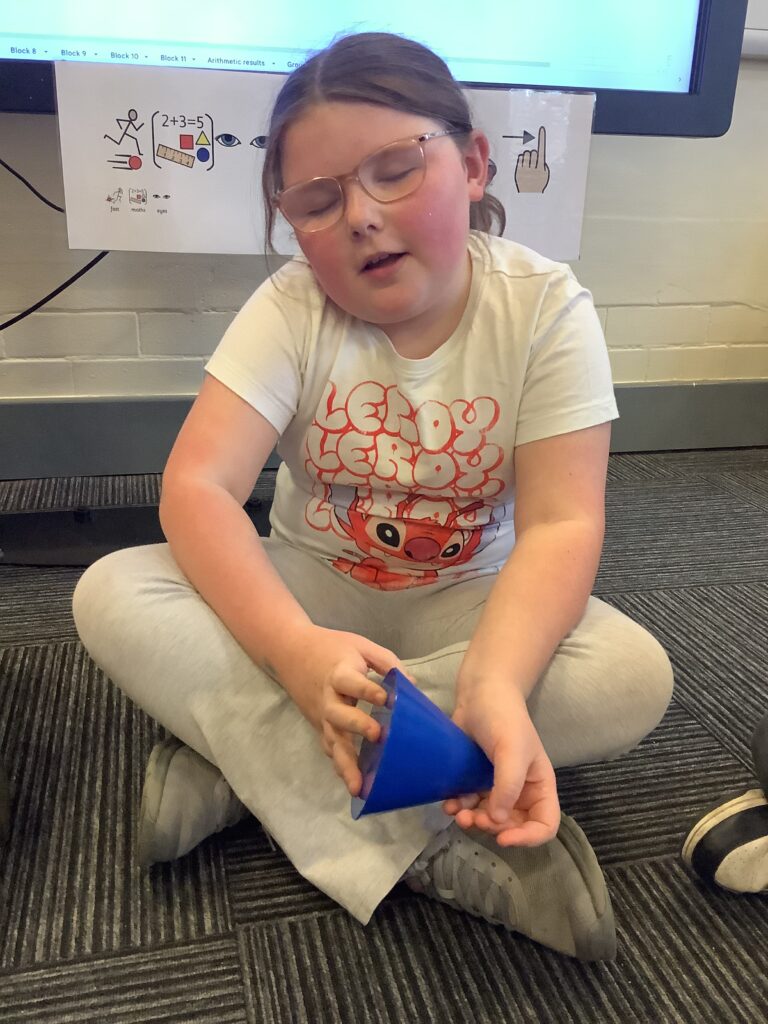
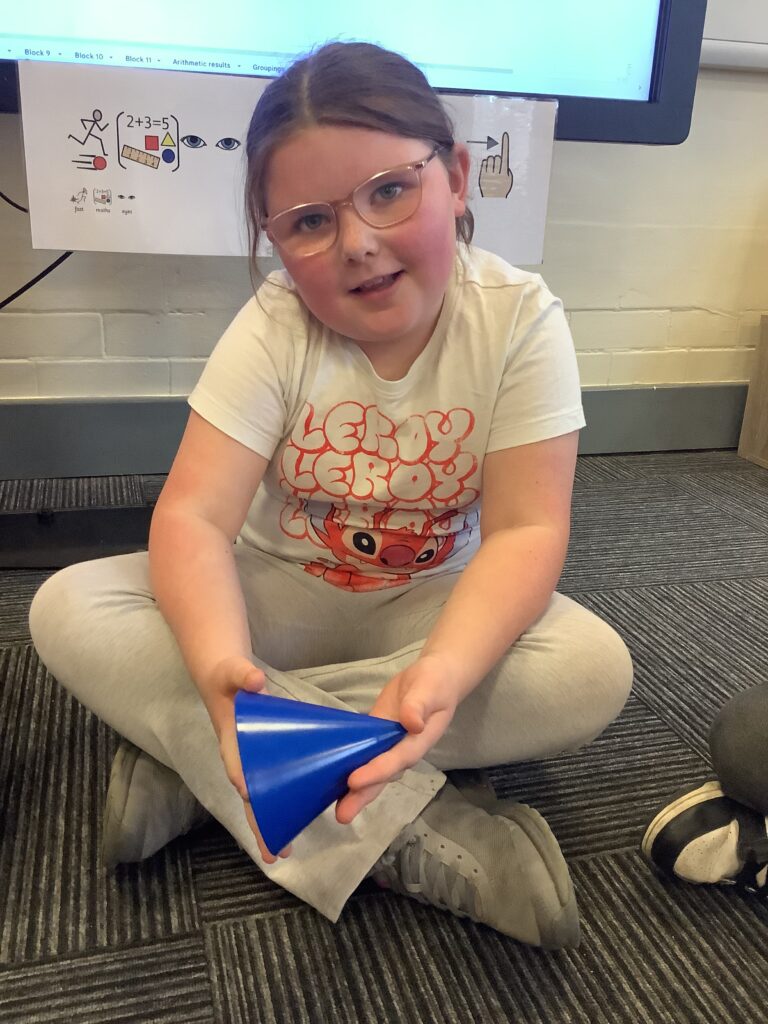
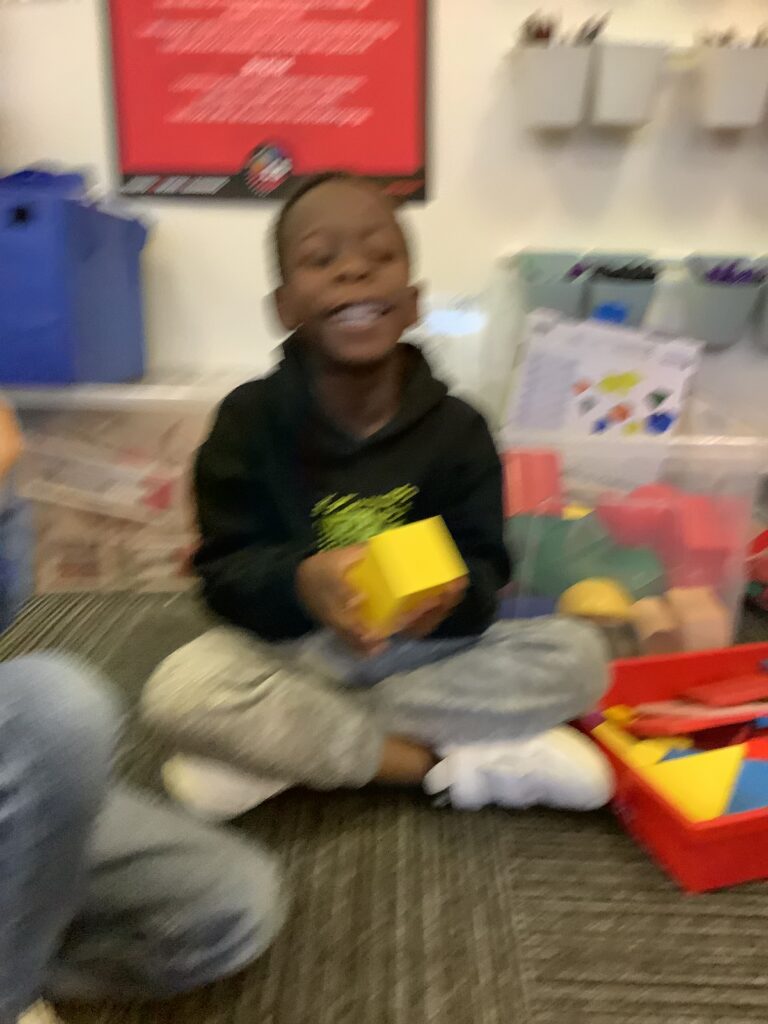
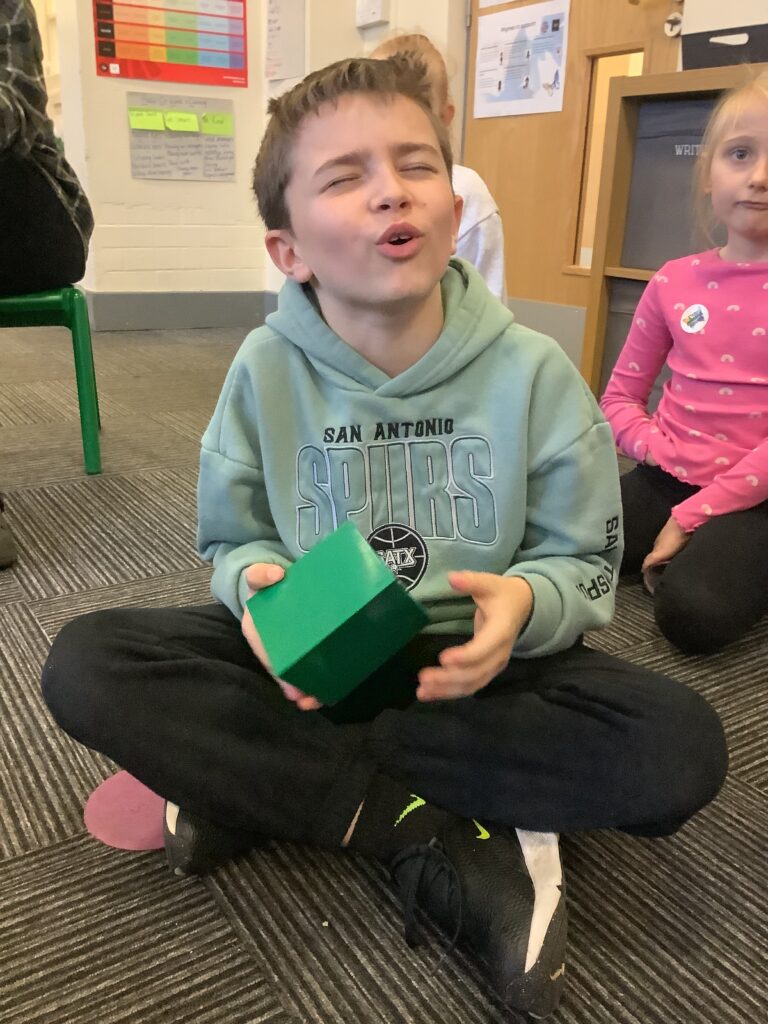
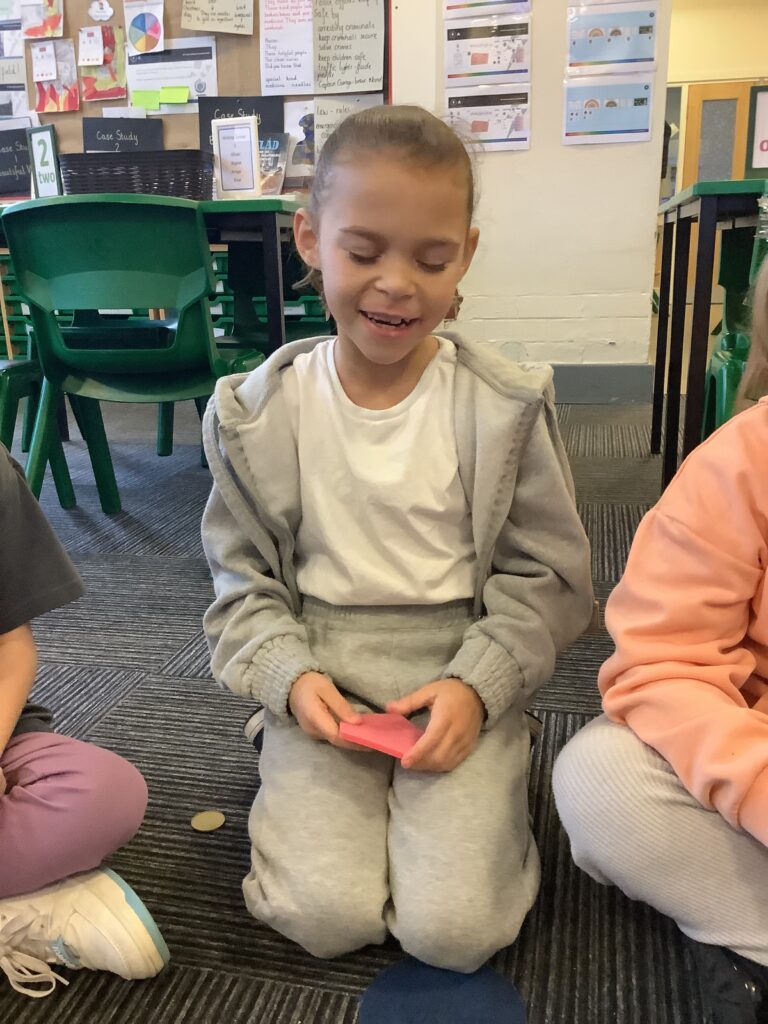

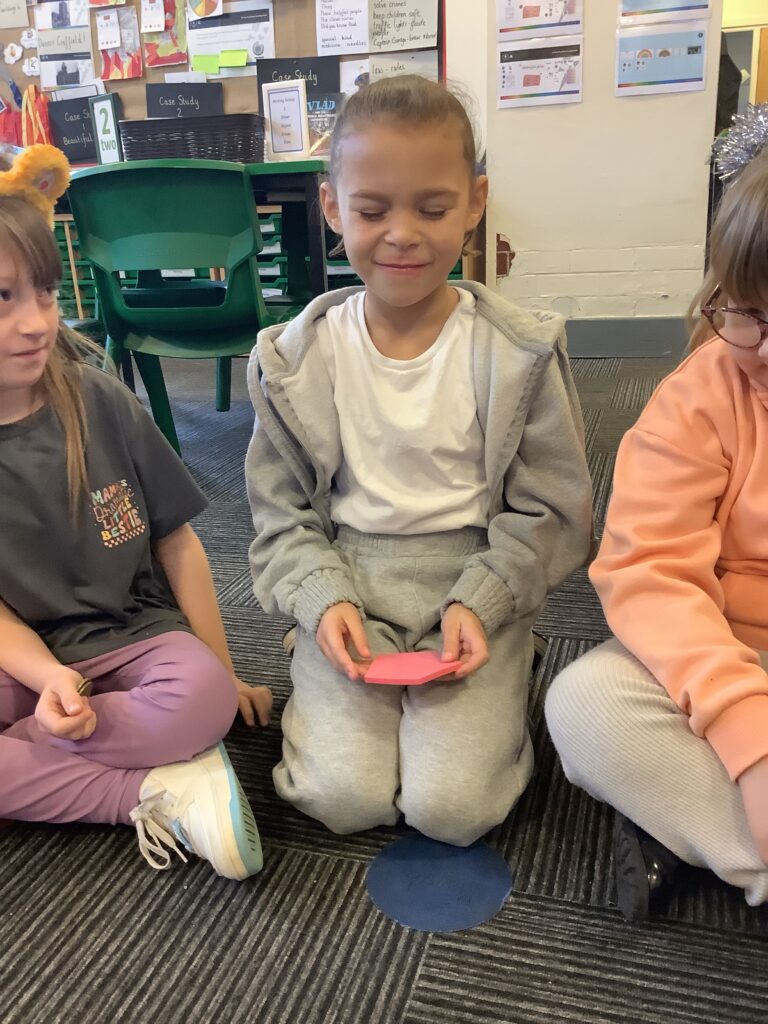
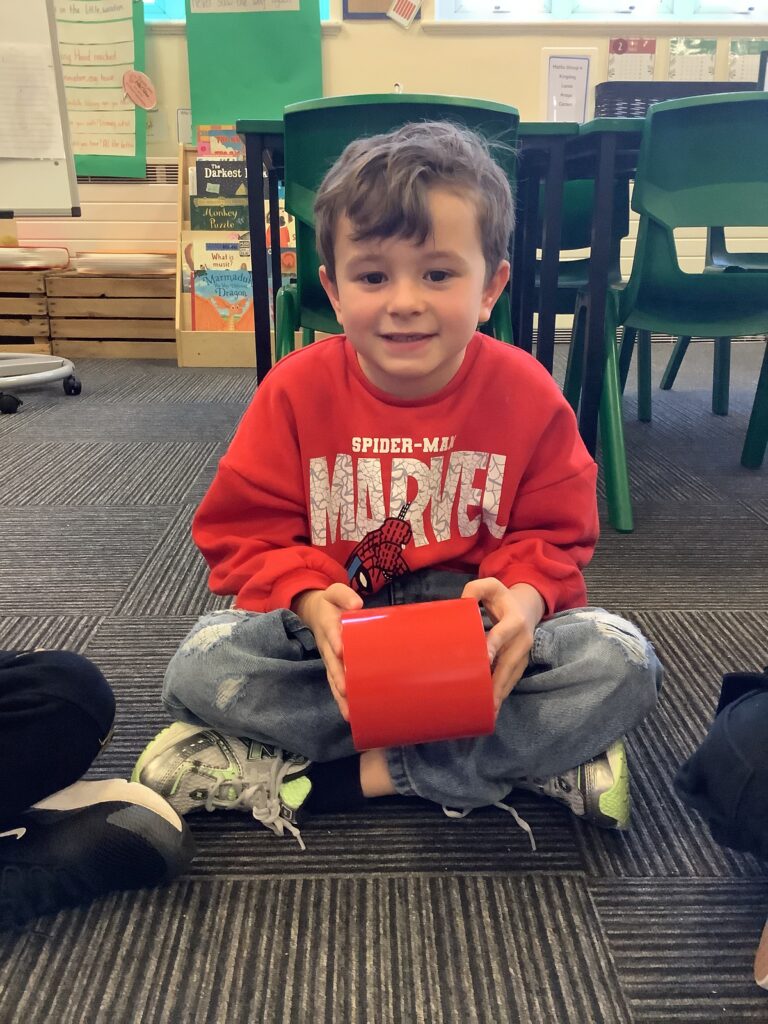
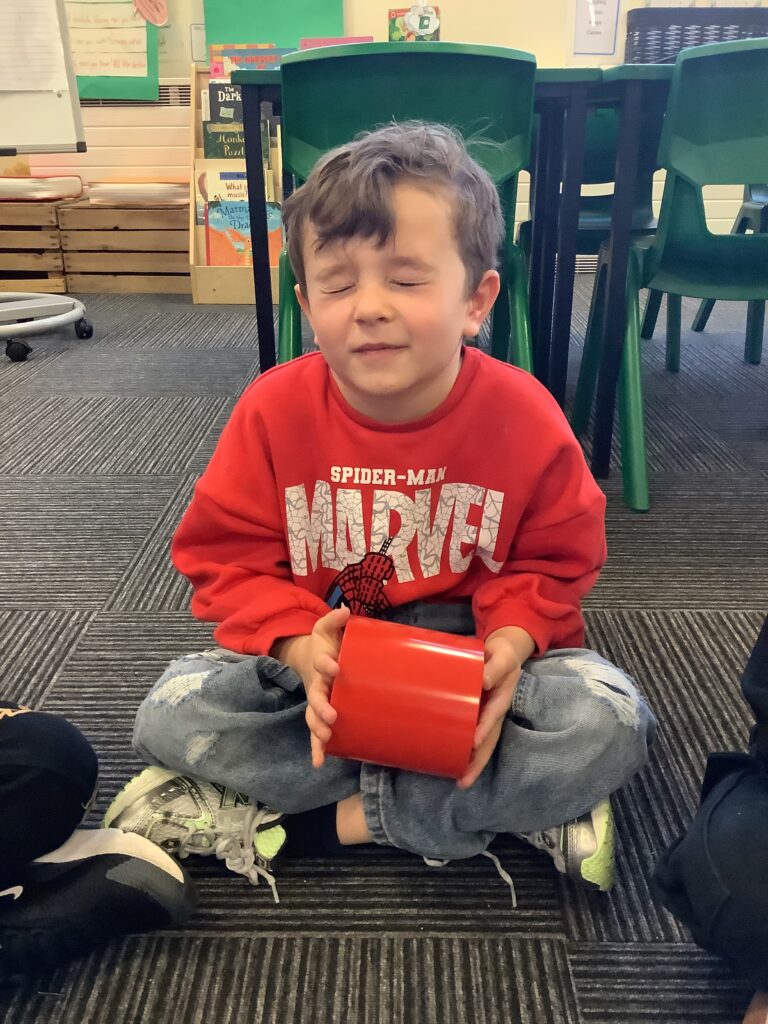
In p.e they were practicing their basket ball skills
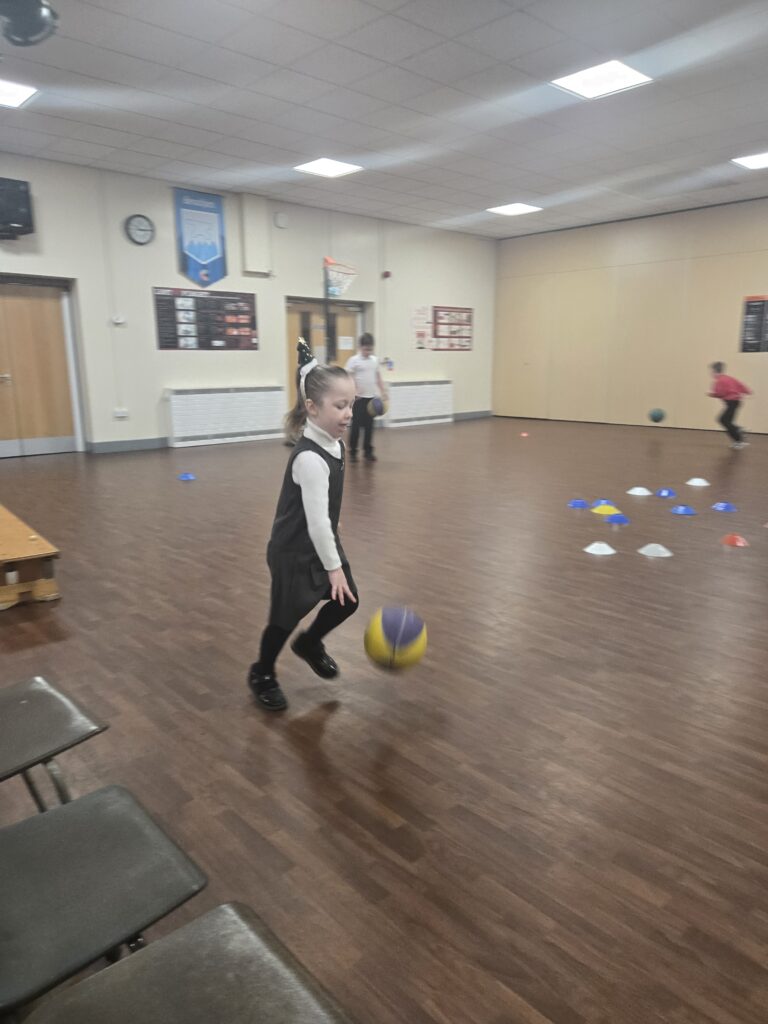
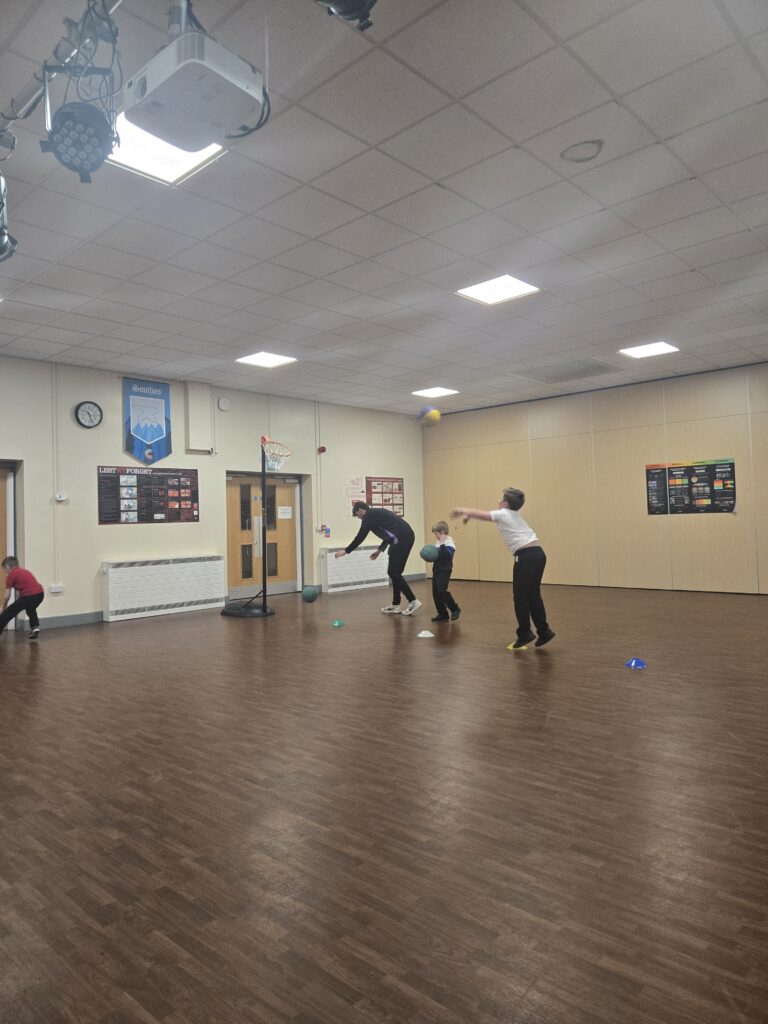
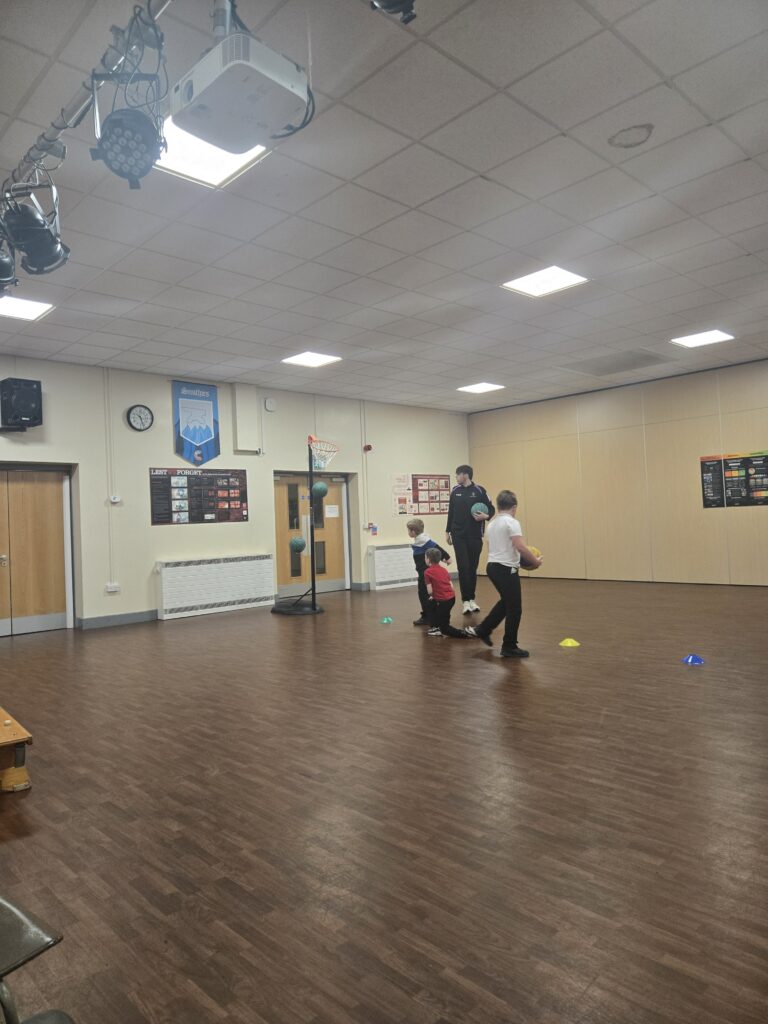
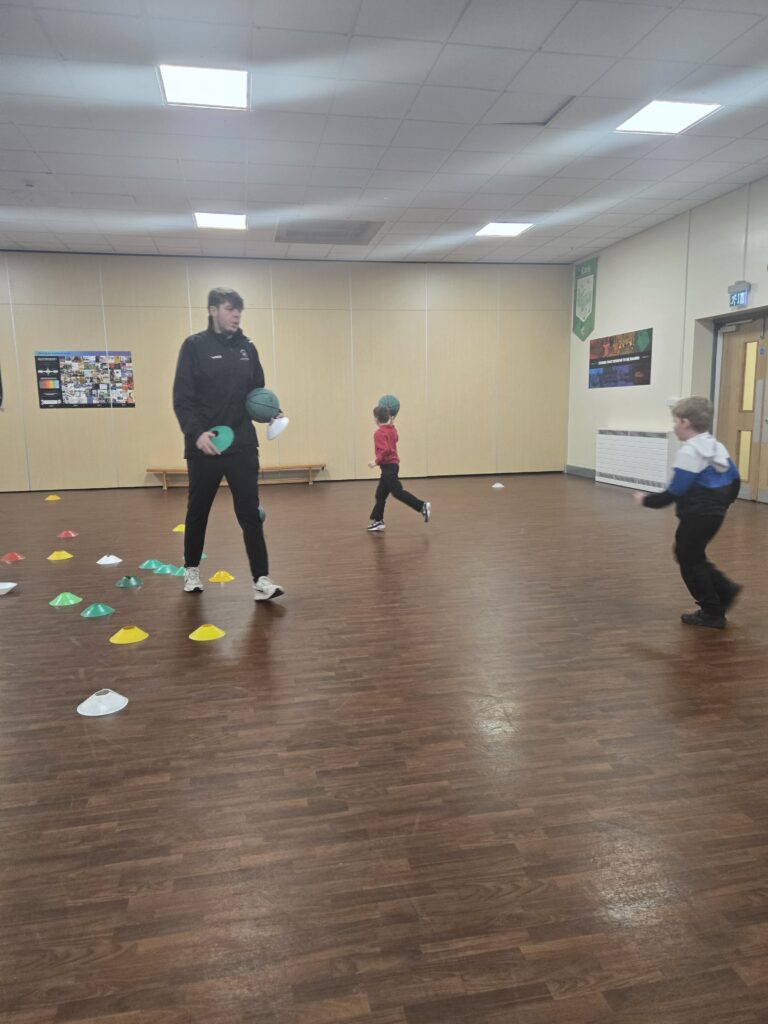
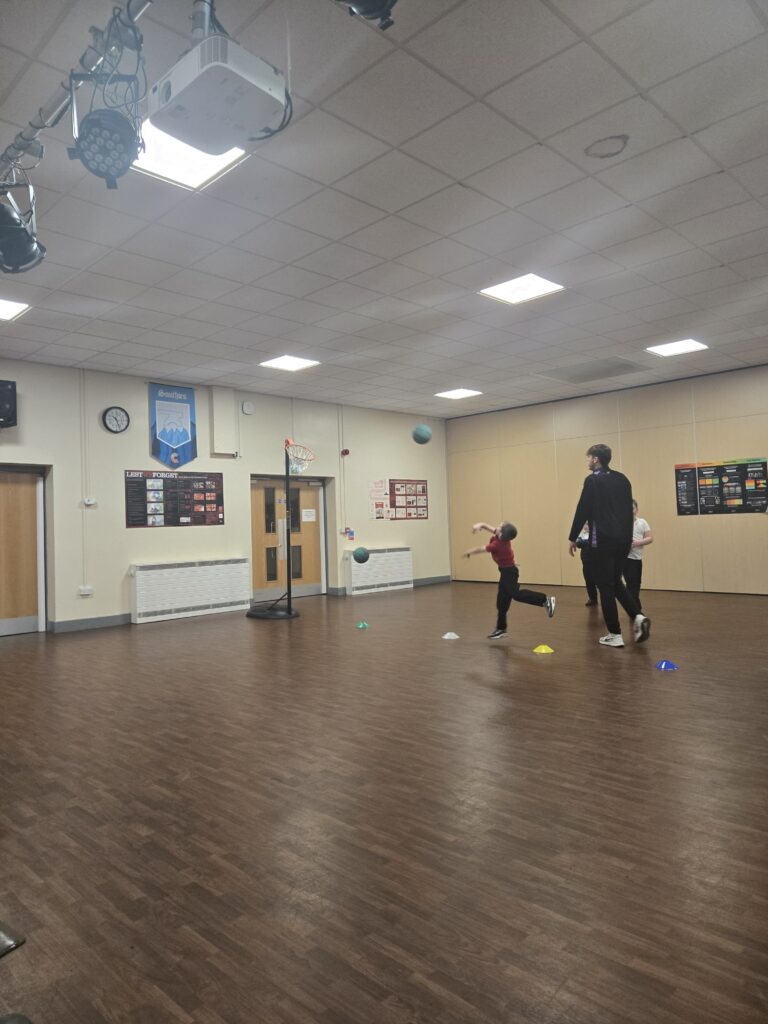
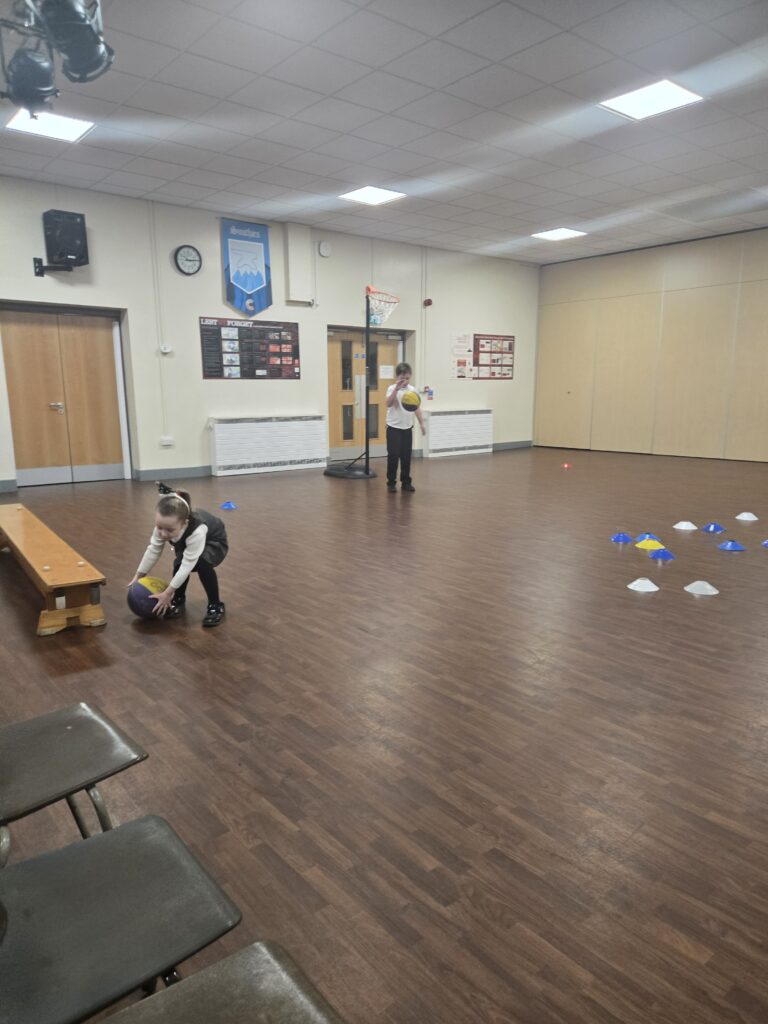
I life skills the children really enjoyed making a cheese pizza. They had to make sure that they rolled out the dough with a rolling pin . They put flour on the table to make sure it didn’t stick.
